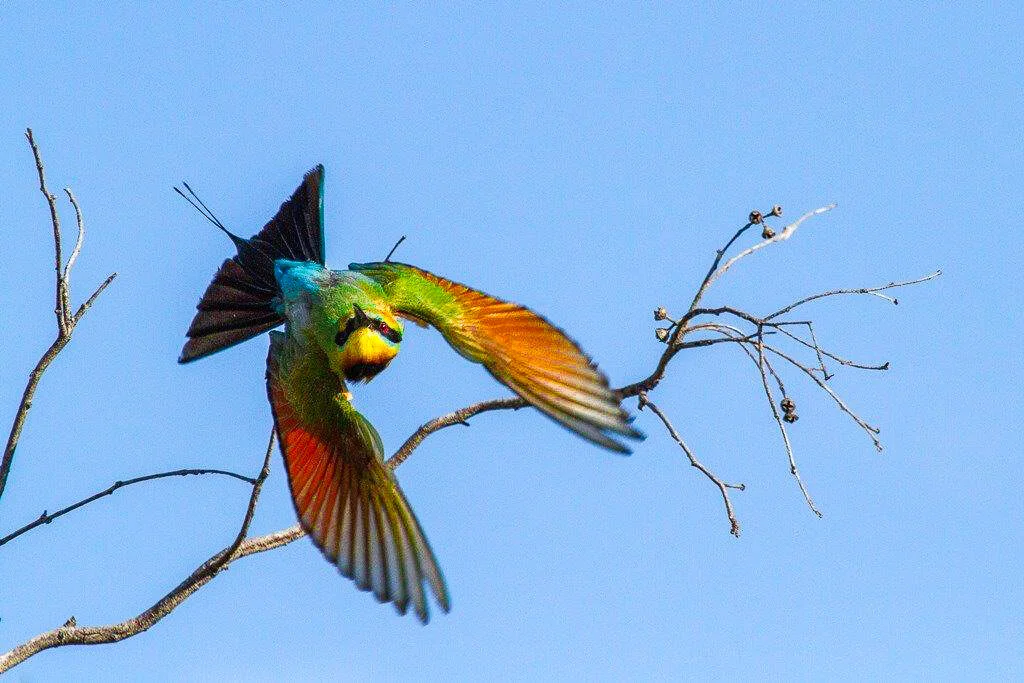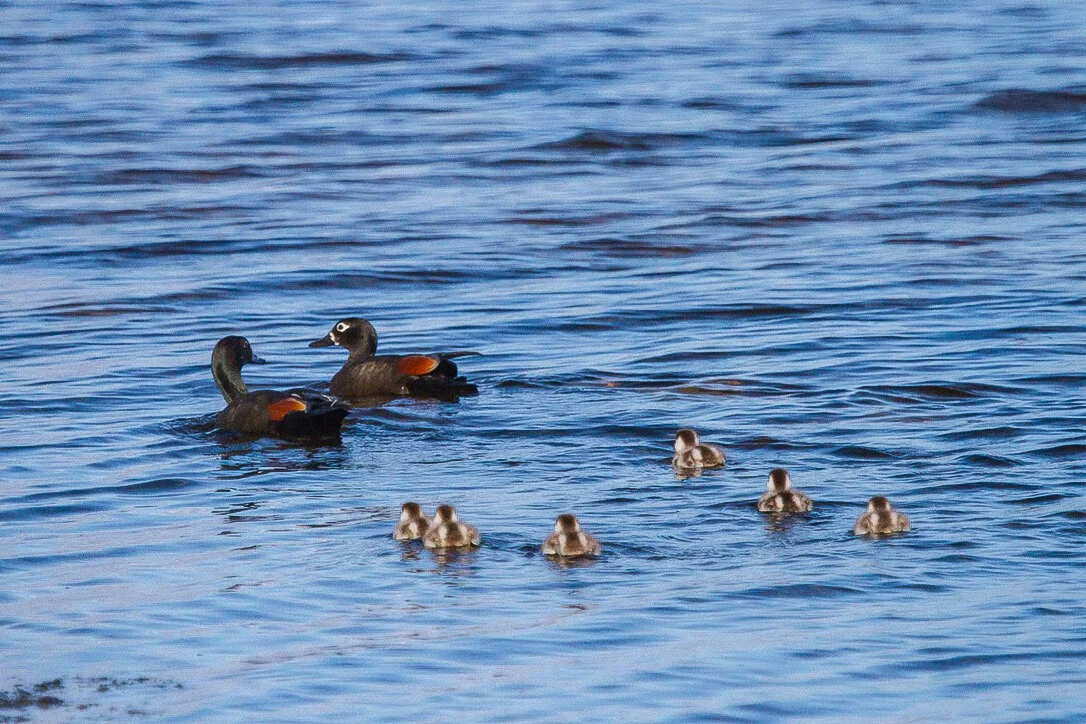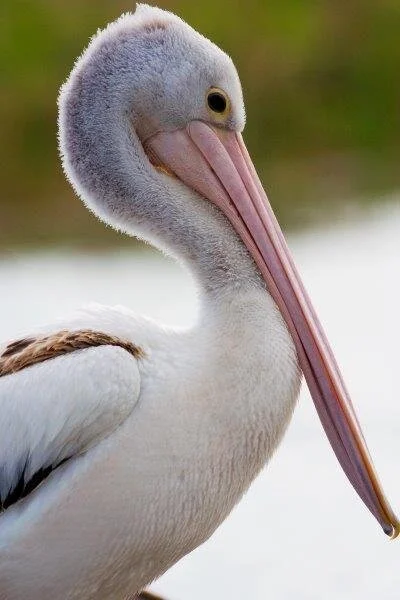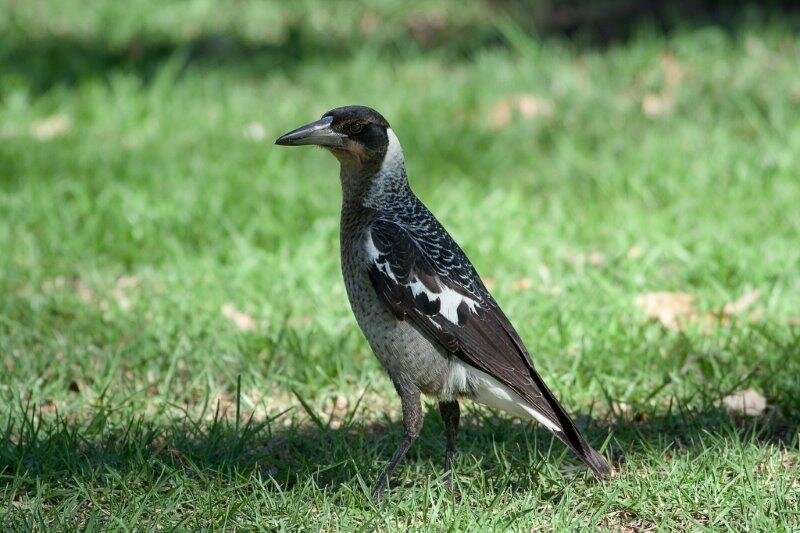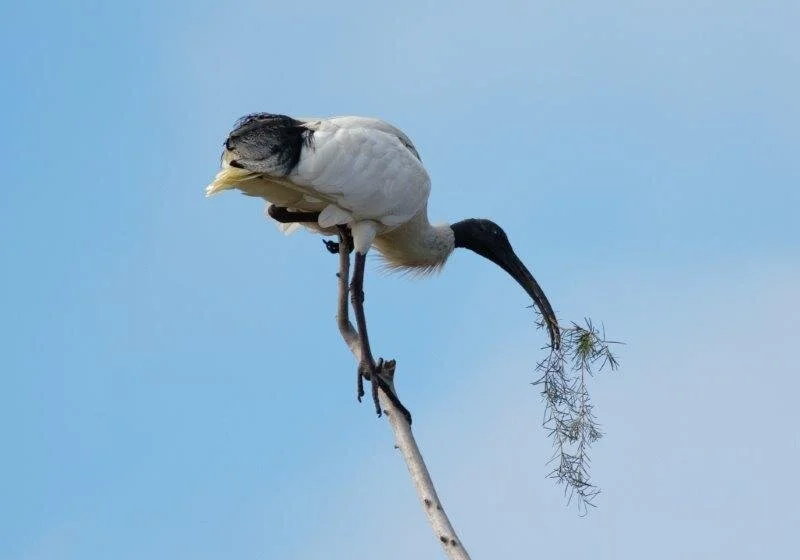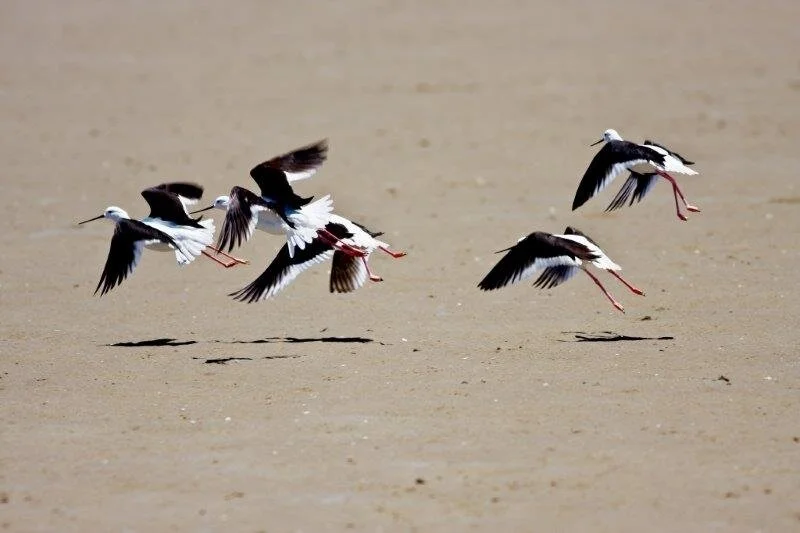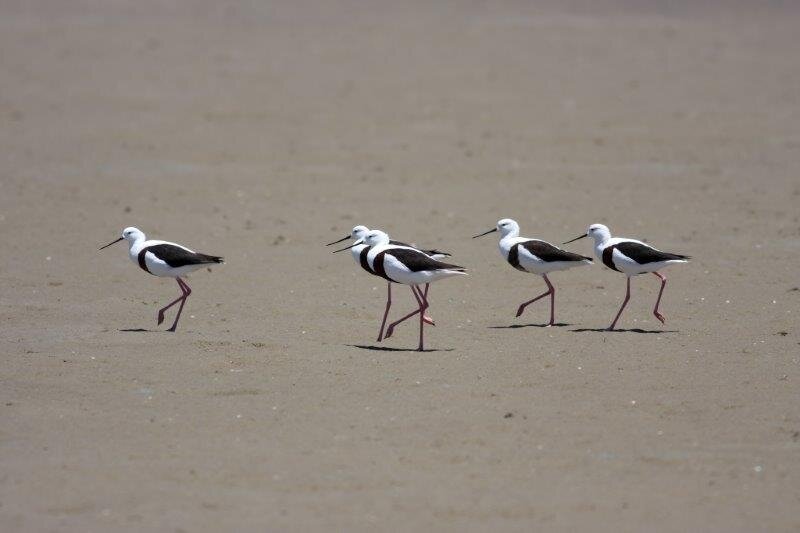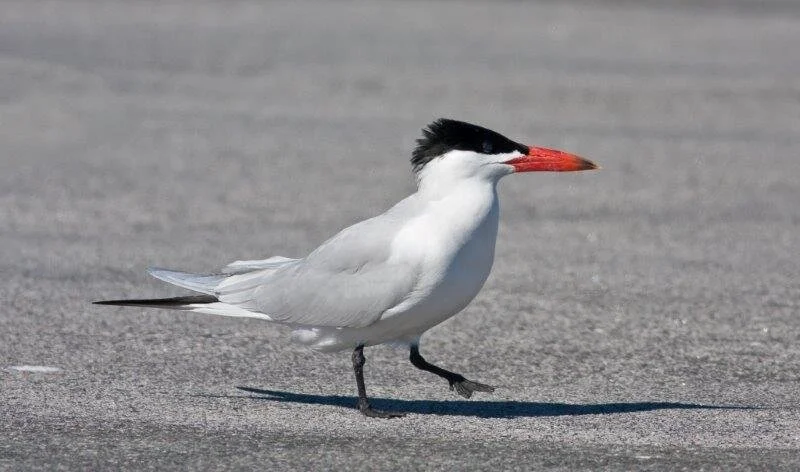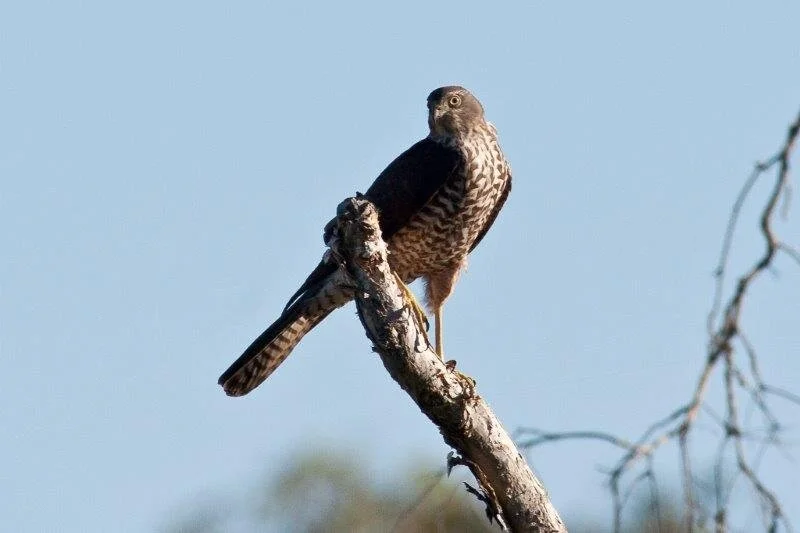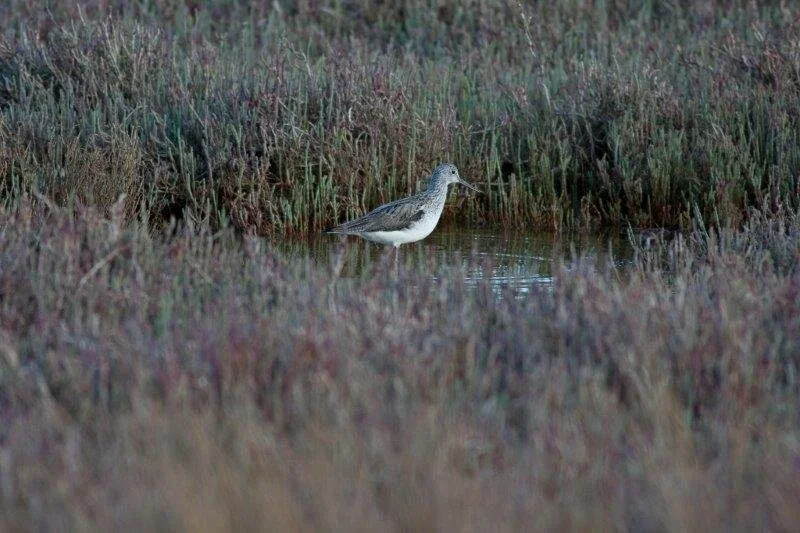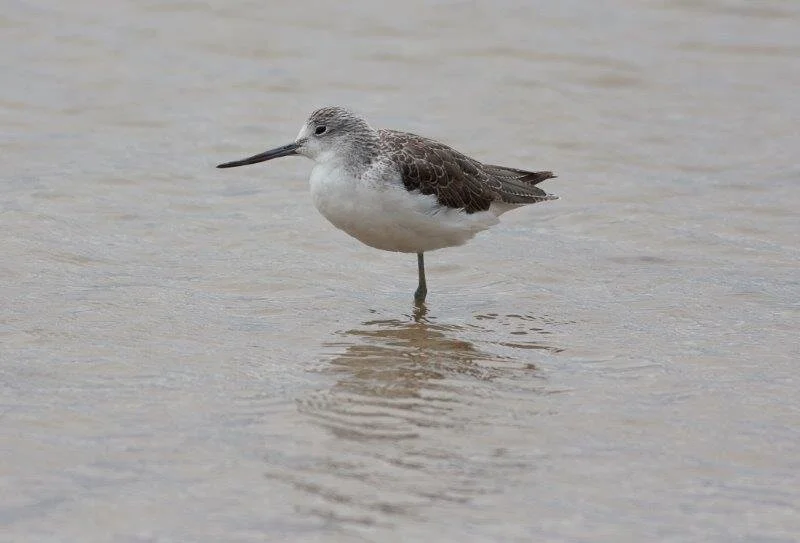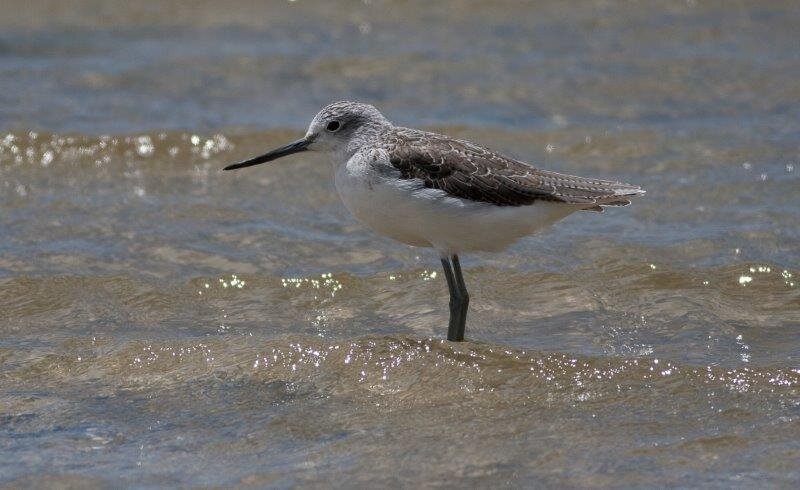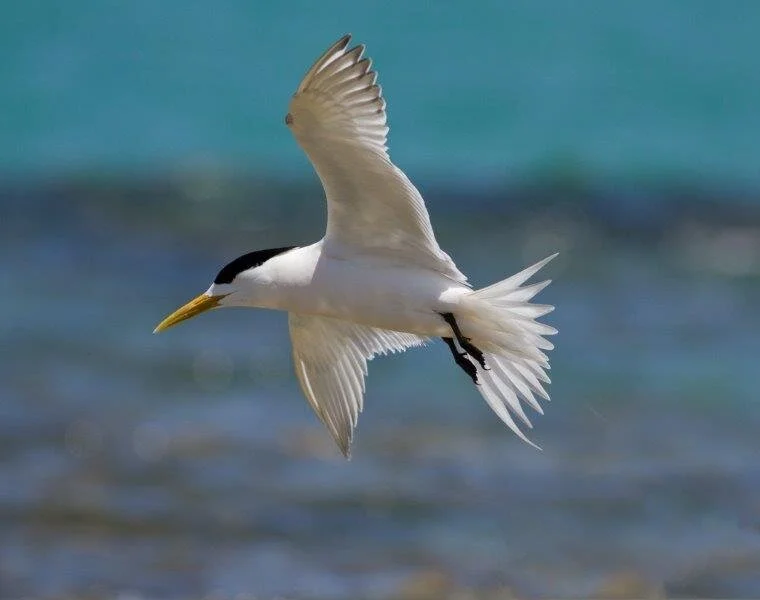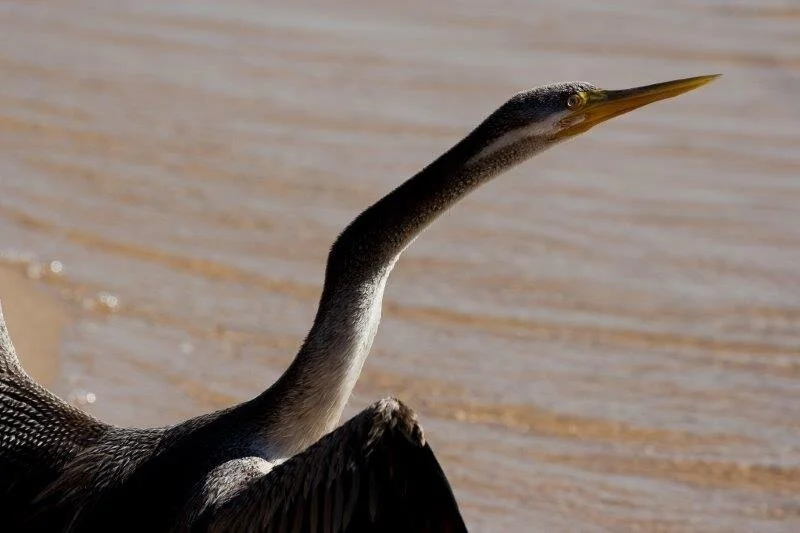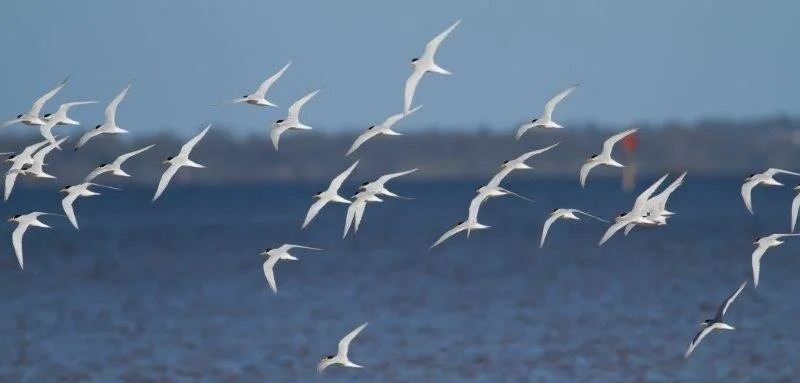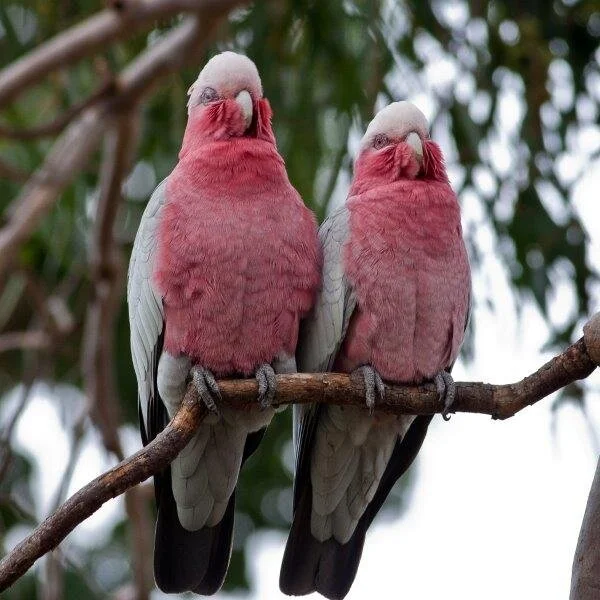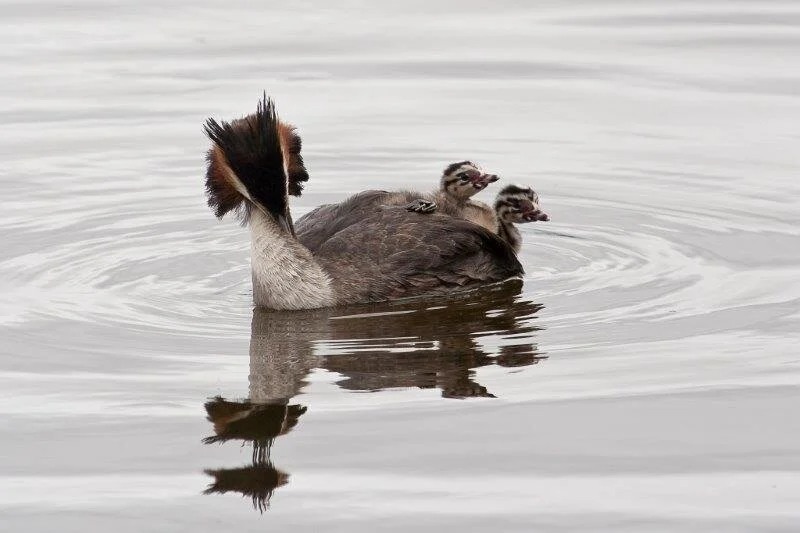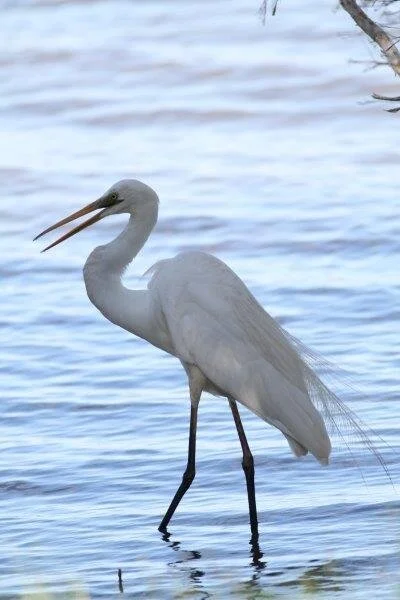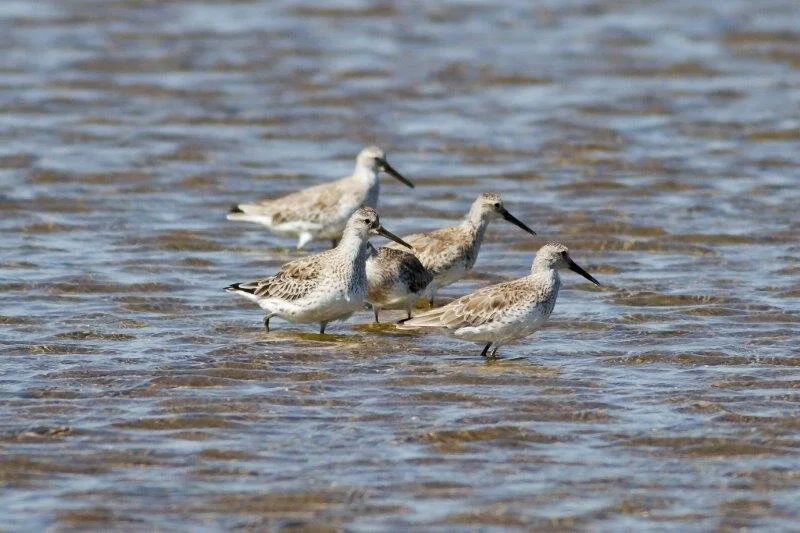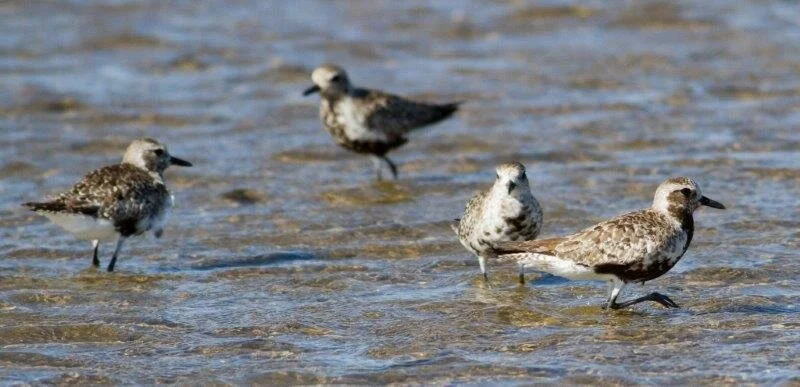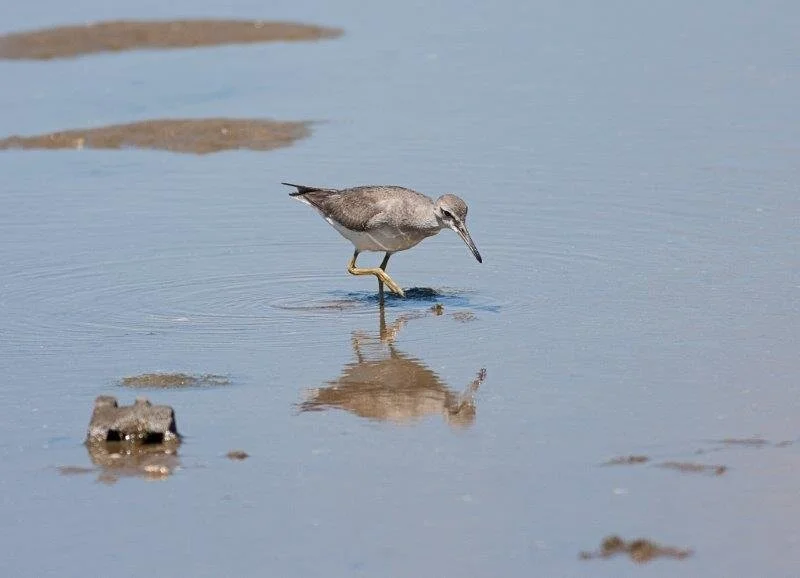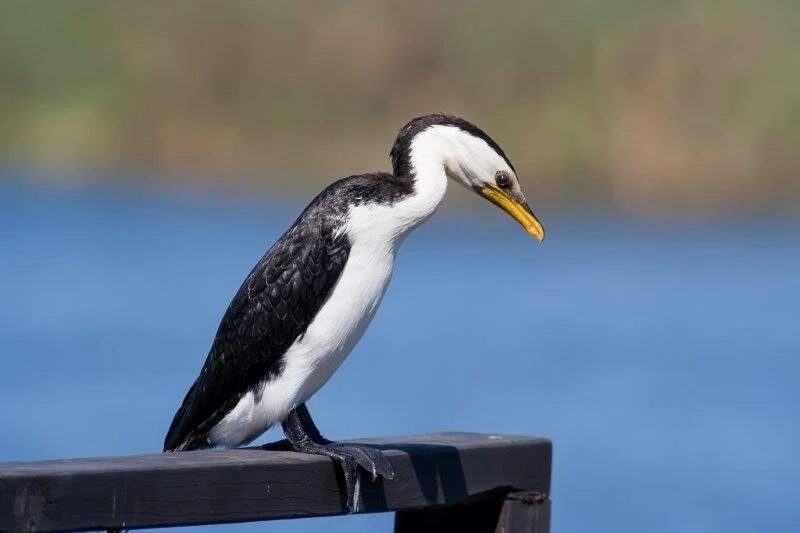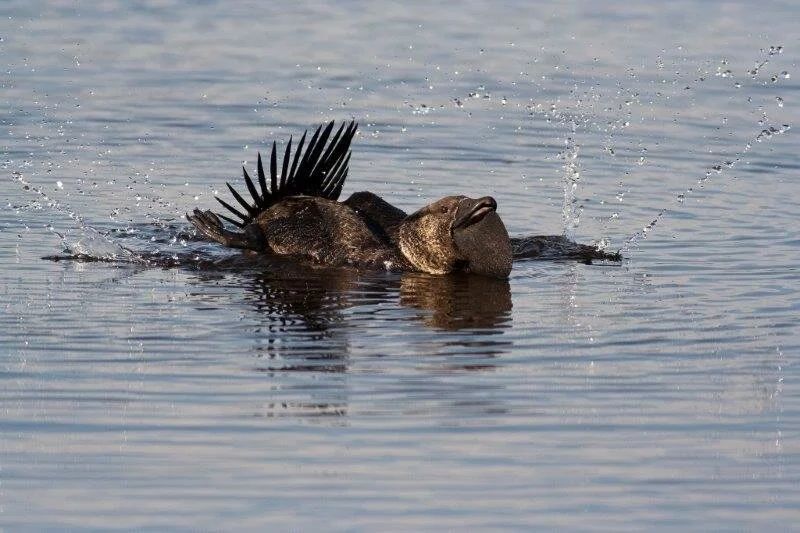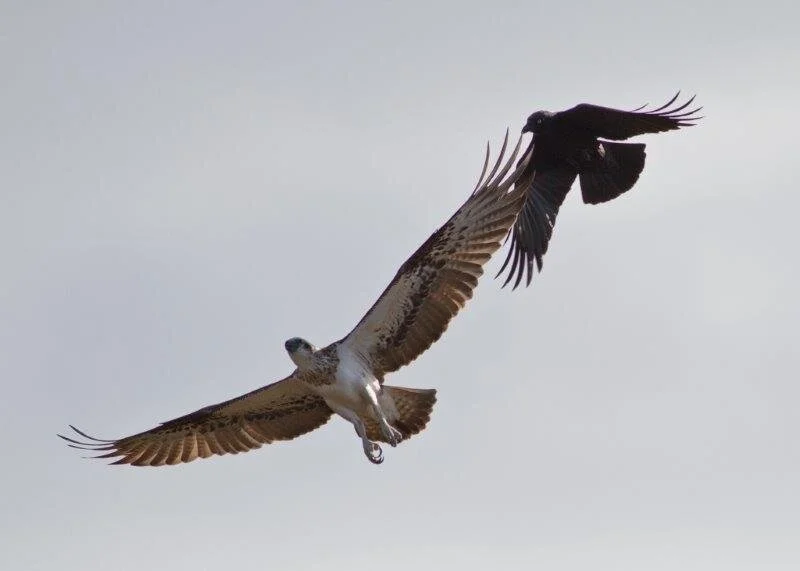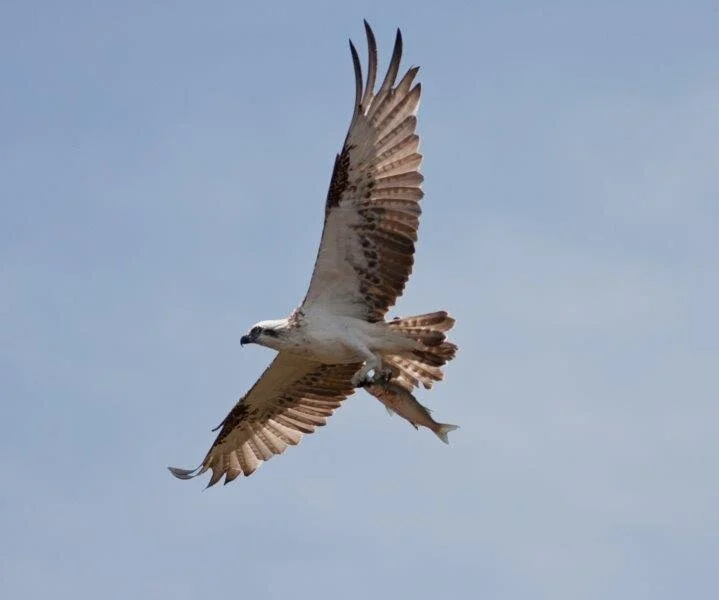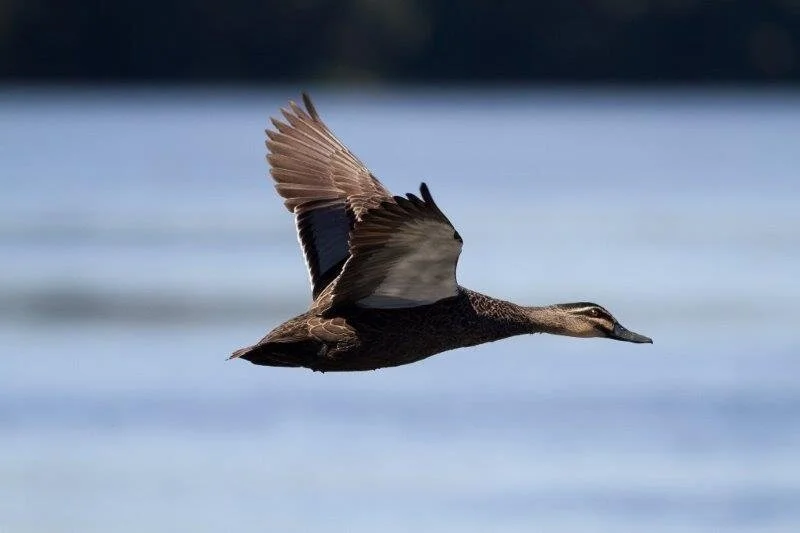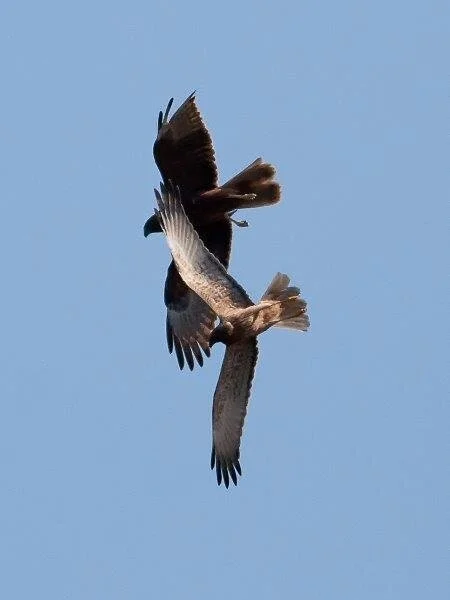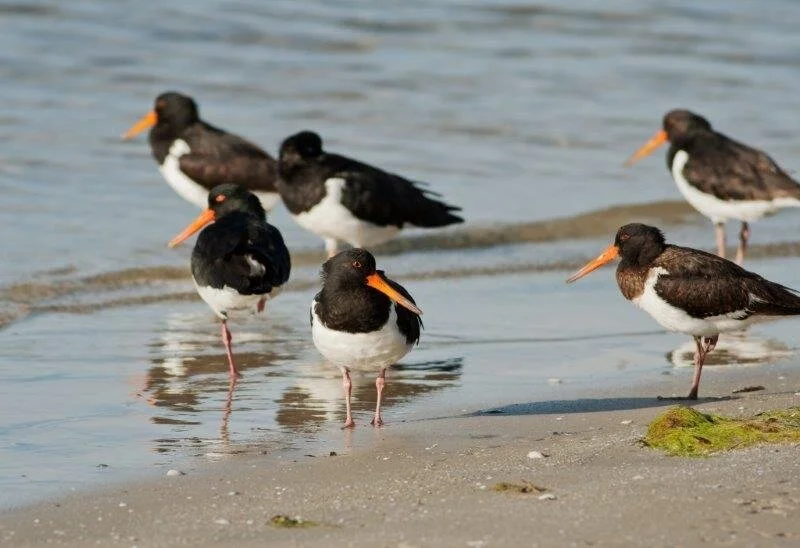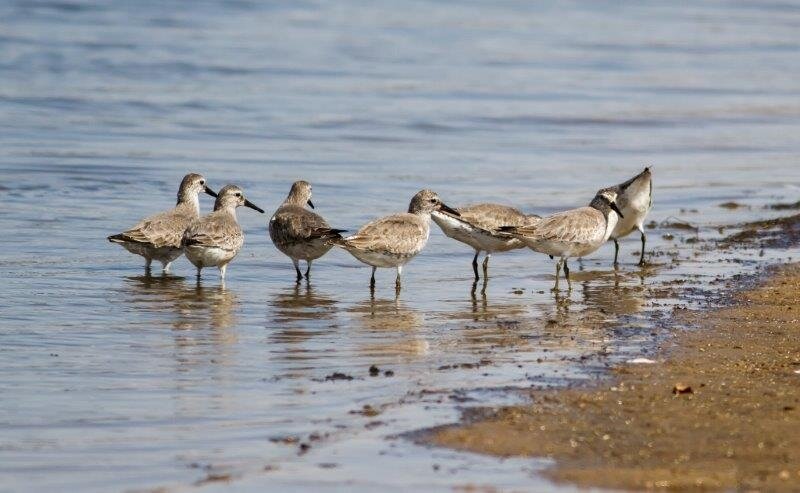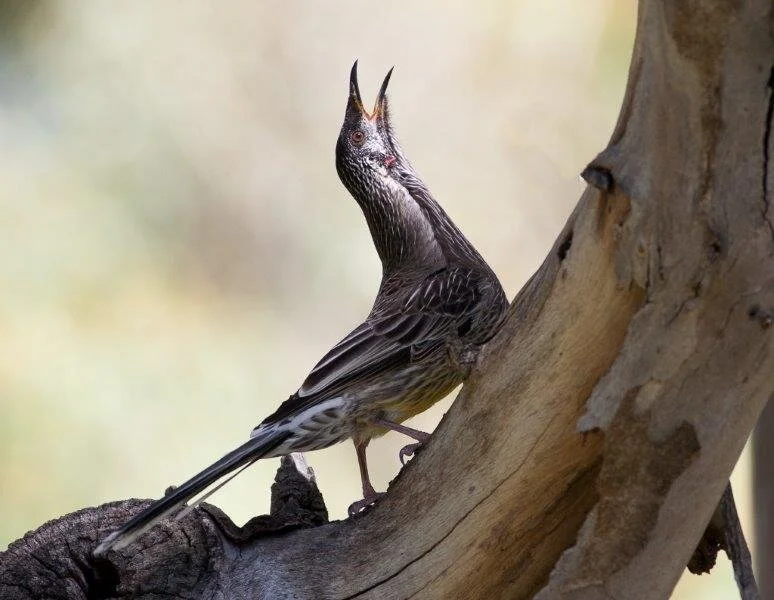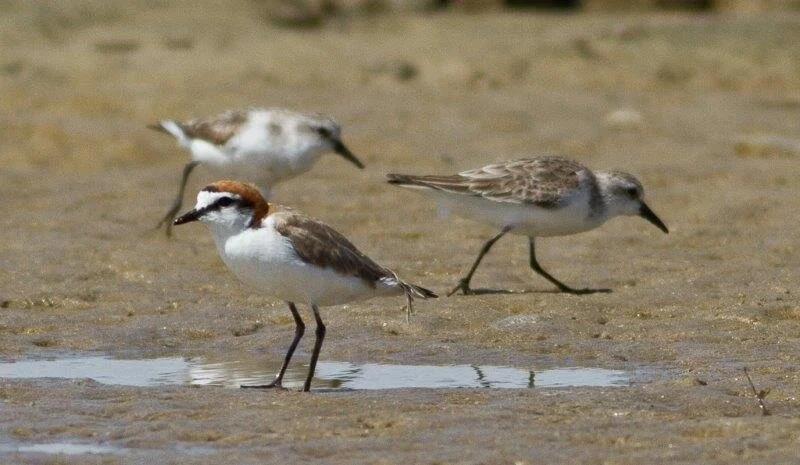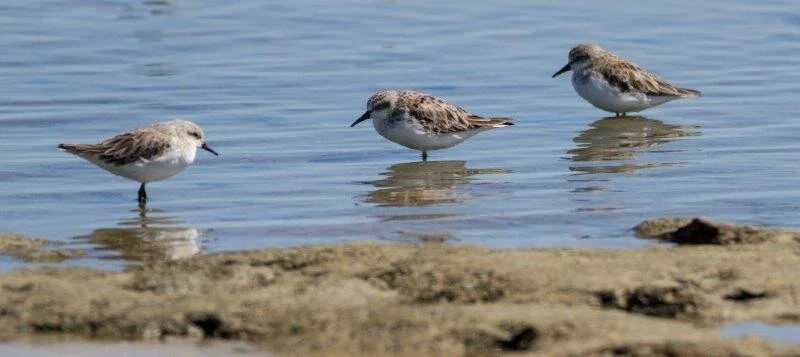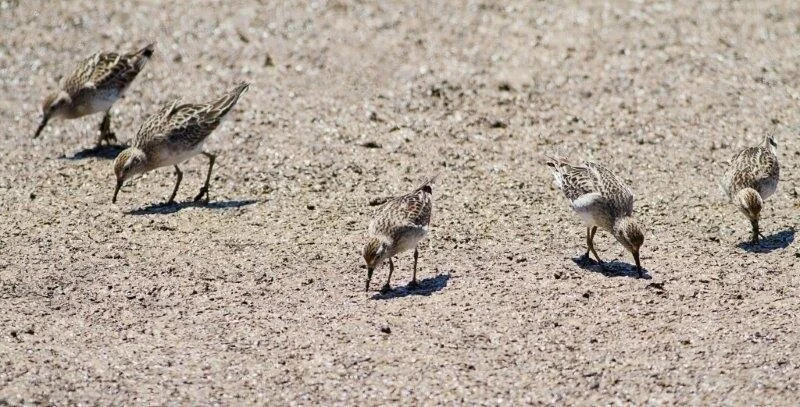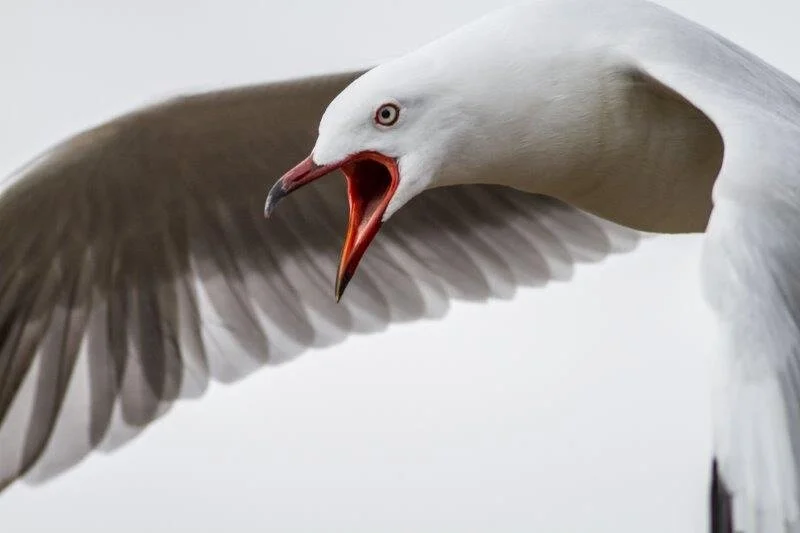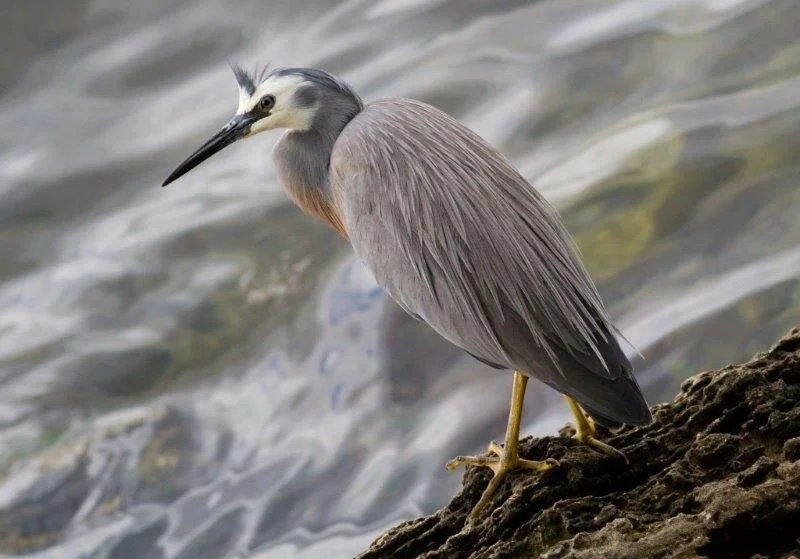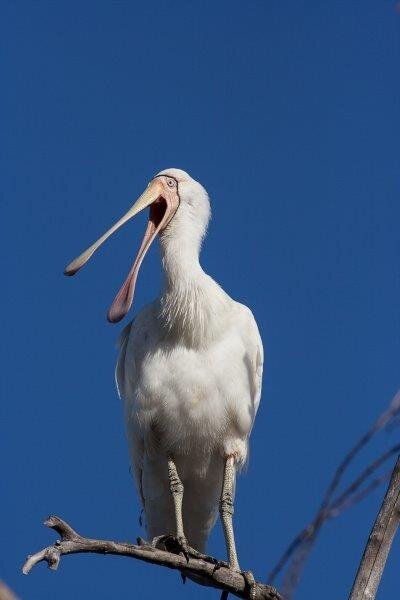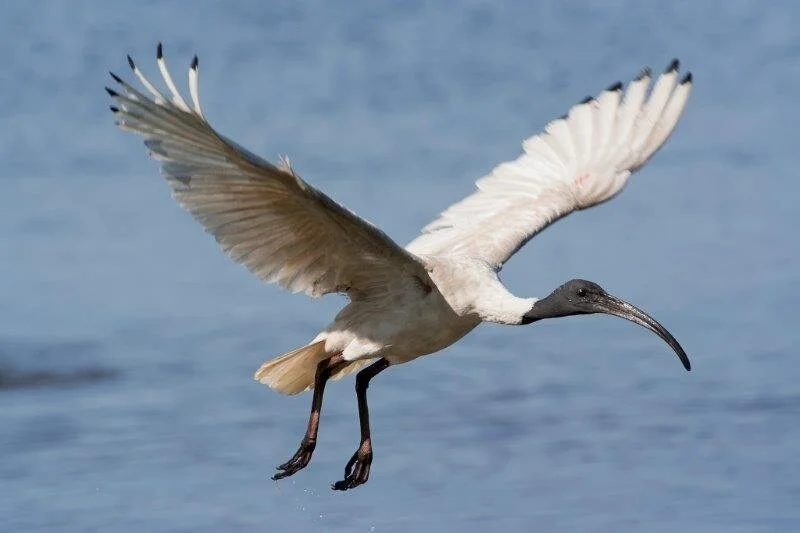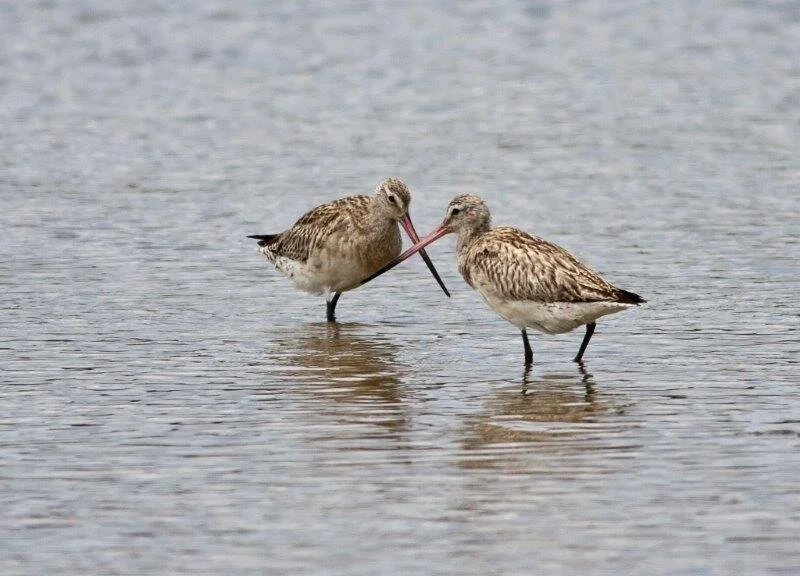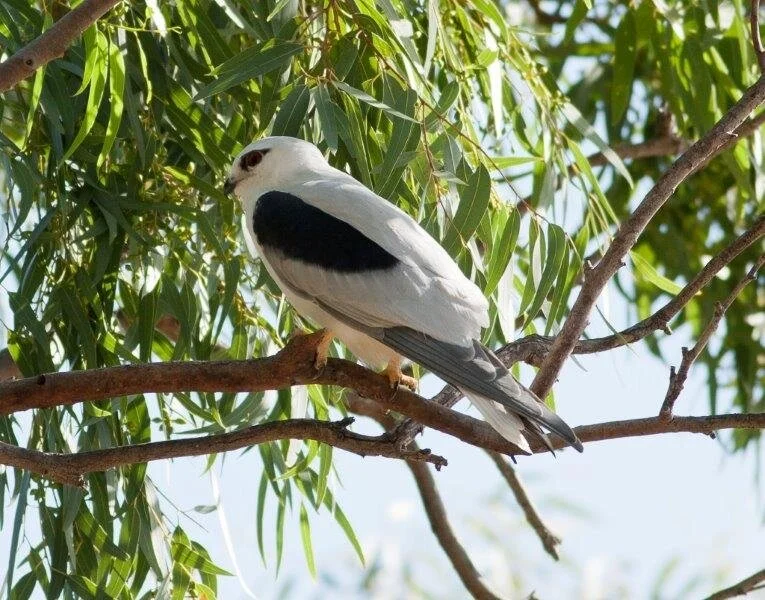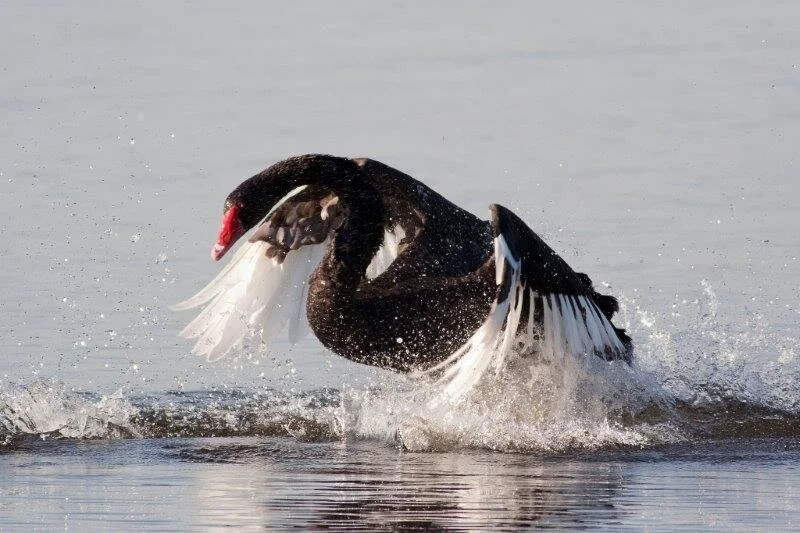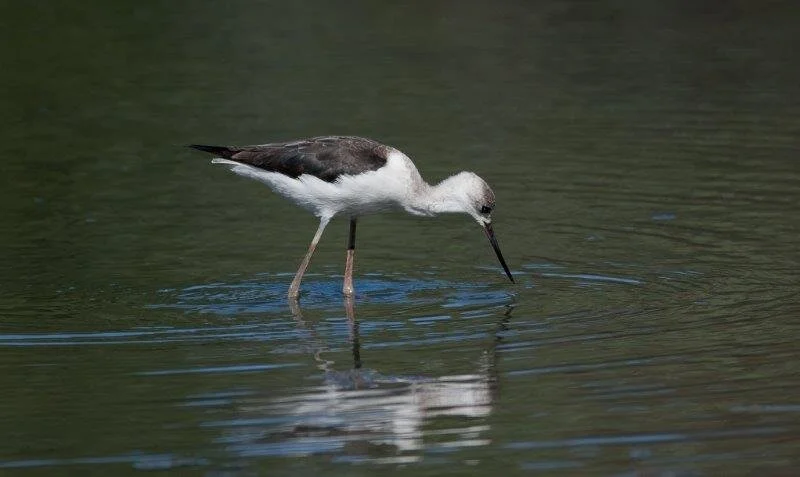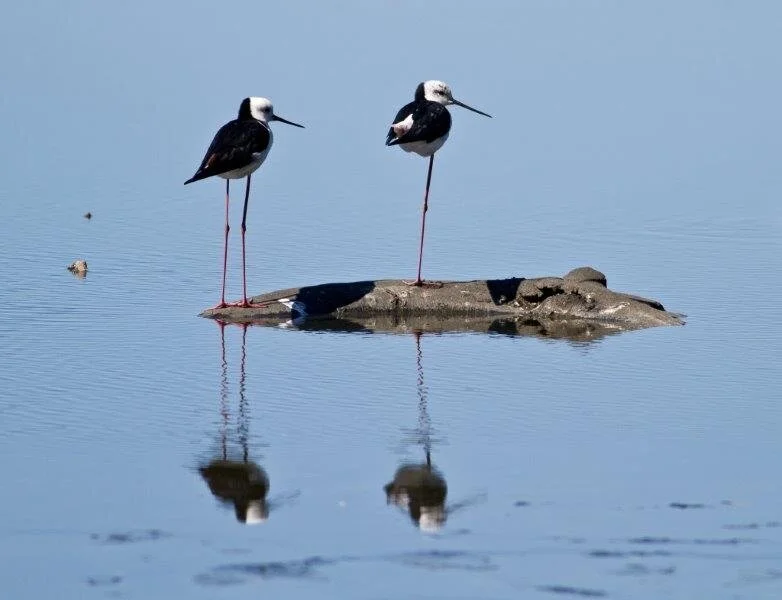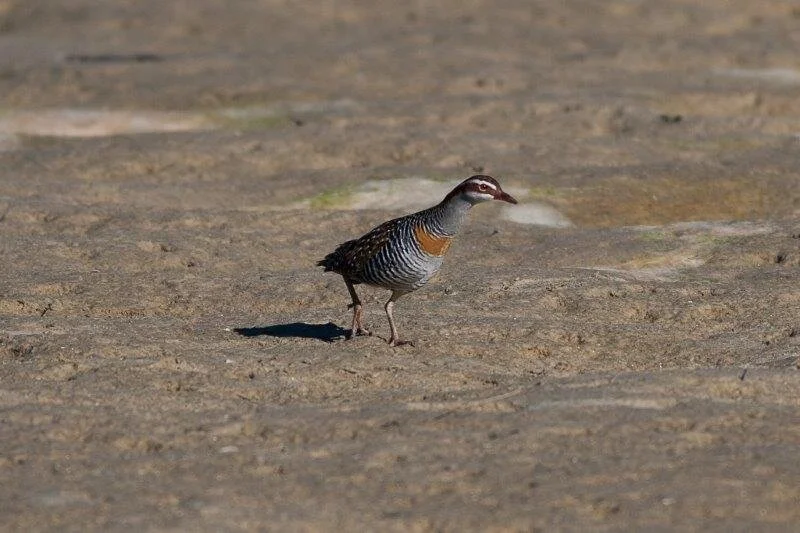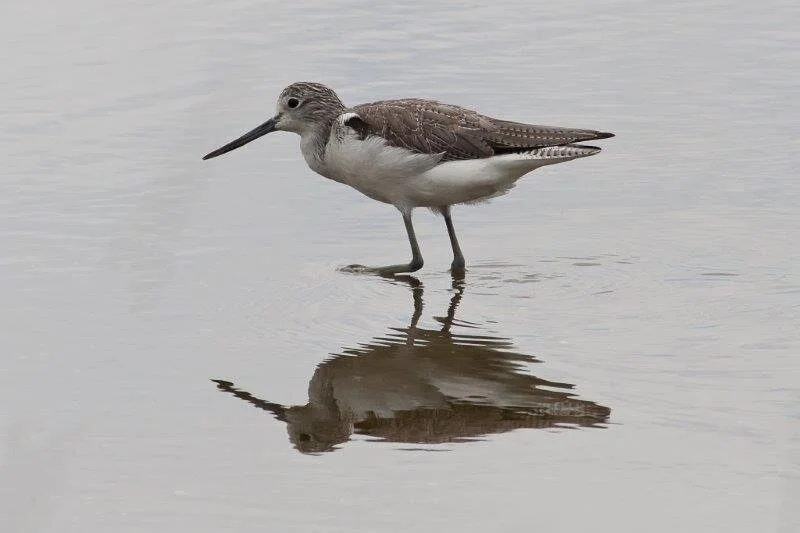
Flora and Fauna
Vegetation in the three A-Class Reserves includes marshes, samphire flats, sedge-banks and areas of woodland and shrubland.
The federally Threatened Ecological Community of Saltmarsh is present at both Alfred Cove and Pelican Point, and with less than 1% remaining of the original extent on the Swan Estuary, it warrants our careful protection.
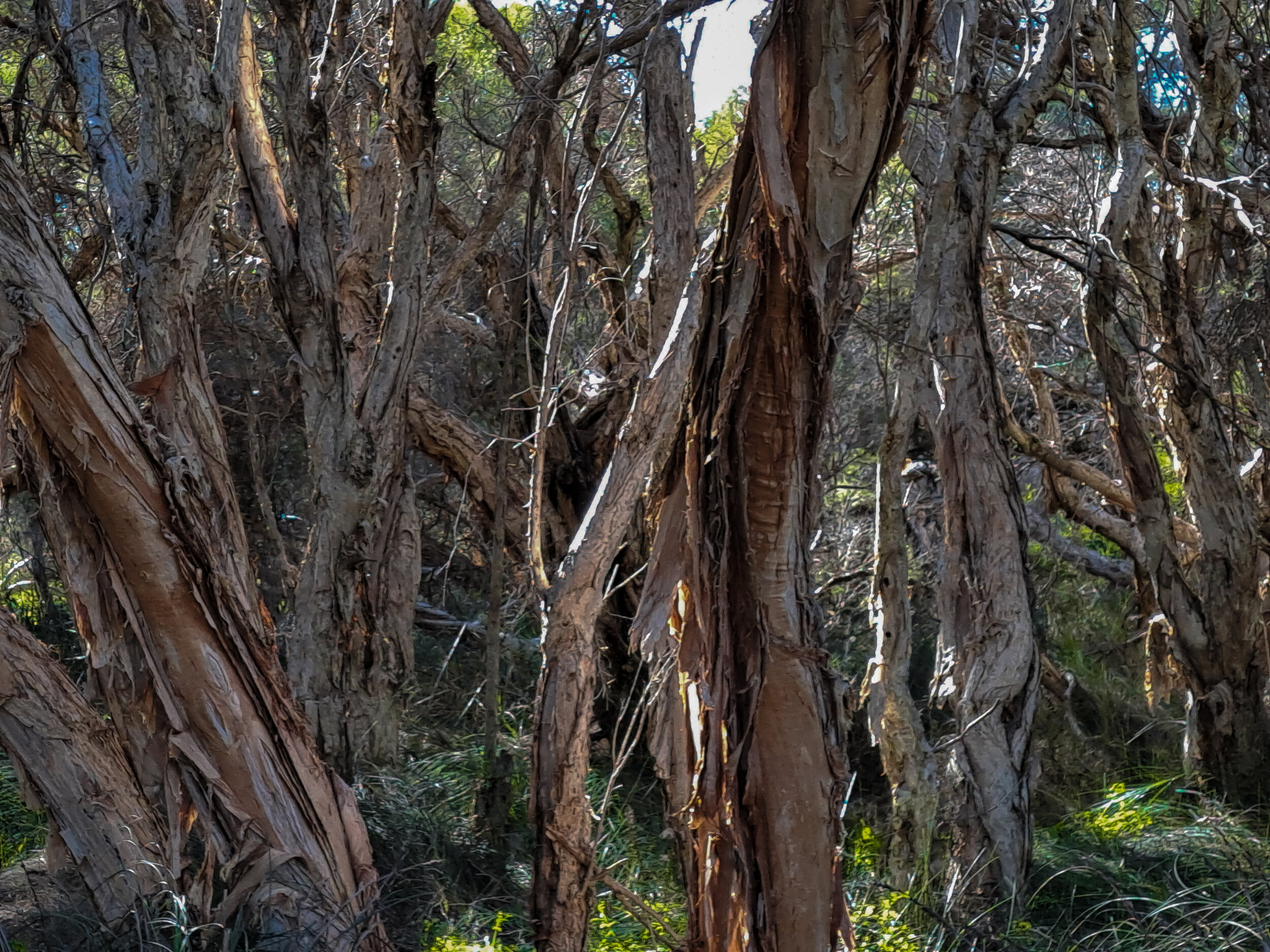
Vegetation
Although little of it remains, natural vegetation along the margins of the Swan River Estuary is both unique and diverse, varying significantly with soil-types and other physical considerations. Vegetation in the three A-Class Reserves includes marshes, samphire flats, sedge-banks and areas of woodland and shrubland.
Principal among the upper-storey species is Eucalyptus rudis; while Melaleuca rhaphiophylla and Melaleuca cuticularis with Casuarina obesa form a middle storey, and Juncus kraussii the main species of sedge.
Samphire forms a low shrub community that includes species such as Sarcocornia blackiana and Suaeda australis.
Each of the reserves suffers extensively from weed infestations, such as Ferraria crispa (black flag) in Milyu; Schinus Terebinthifolius (Brazillian pepper tree), Typha orientalis (bulrush) and Pennisetum clandestinum (kikuyu grass) in Alfred Cove, and Leptospermum laevigatum (Victorian tea tree) in Pelican Point.
In the Marine Park, seagrass meadows help stabilise the river floor and provide an important food source and habitat for hundreds of marine animals, including a nursery habitat for fish and crustaceans, as well as a carbon sink. The seagrass (Halophilia ovalis) is a vital component in the ecology of the Estuary.
Ever-Changing Fauna
A huge variety of local and migratory birdlife is supported by the Swan Estuary Marine Park and the adjacent A-Class Reserves. Waders, shore birds and bush birds rely heavily on the habitat provided for feeding, breeding or resting.
Unfortunately, due mainly to habitat loss, a number of the species which were once abundant are now threatened. This increases the importance of maintaining the ecological health of remaining areas.
Many small mammals such as the Southern Brown Bandicoot (Isoodon obesulus) and the BrushtaiPossum (Trichosurus vulpecula) had all but disappeared until recently, when possums were found at Pelican Point and diggings at both Pelican Point and Troy Park are suggestive of bandicoots, though no sightings as yet. In their place are feral cats, foxes and rabbits. Also in recent times, evidence of the lovely little Rakali or Australian Water-rat (Hydromys chrysogaster) has been found at Point Walter. Because rakali rely on a good supply of invertebrates, their presence is considered to be an encouraging indicator of good riverine health.
River dolphins use the adjacent waters, and a variety of fish species - including the yellow-eye mullet (Aldrichella forsteri) and cobbler (Cnidoglanis macrocephalis) - and prawns use the shallows and sea-grasses as both a juvenile nursery and feeding ground.
Other aquatic fauna include molluscs, polychaetes and crustaceans.
Please refer to the guides and bird lists complied by Birds Australia Western Australia for further information.
Birdlife of the Swan Estuary Reserves
These wonderful photographs provided by Tim Graham-Taylor and John Vogel show some of the birdlife to be found in the Swan Estuary Marine Park and adjacent nature reserves.
While by no means a comprehensive record of all species using the Estuary, the photographs illustrate the rich diversity of local, nomadic and migratory birdlife we are fortunate to encounter - and which we strive to protect.
SERAG believes that the recognition by DBCA and City of Melville of the Alfred Cove Marine Park and adjacent Nature Reserve as part of the Melville Bird Sanctuary is very encouraging and we will continue to campaign for better protection of these vital areas.
Tim Graham-Taylor




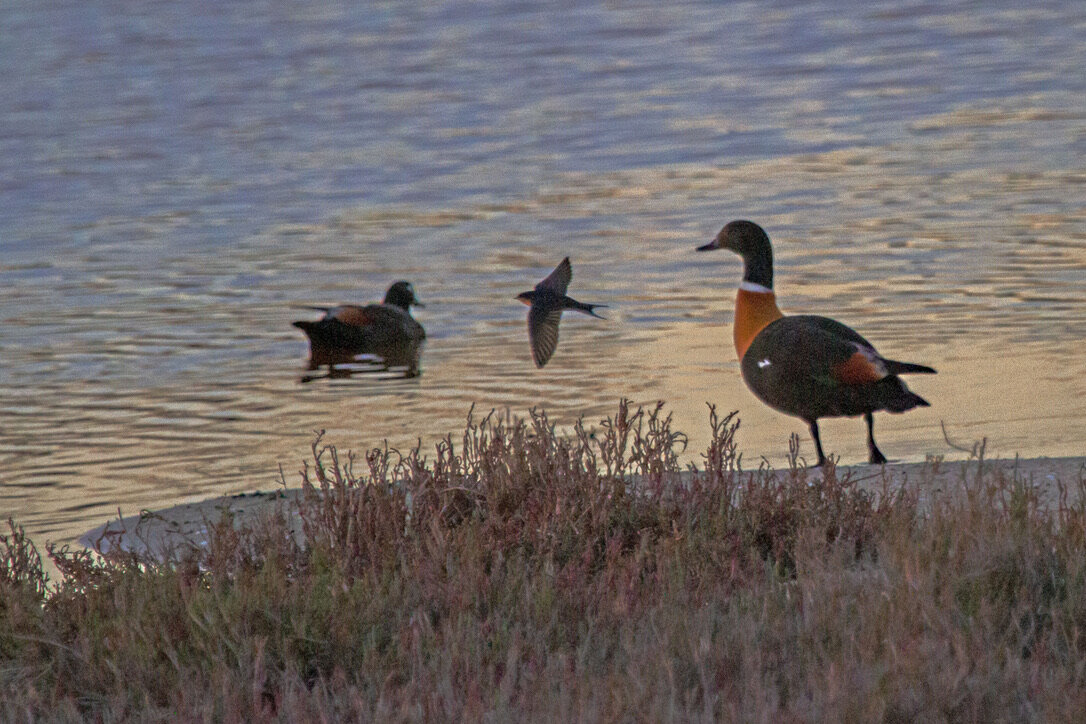

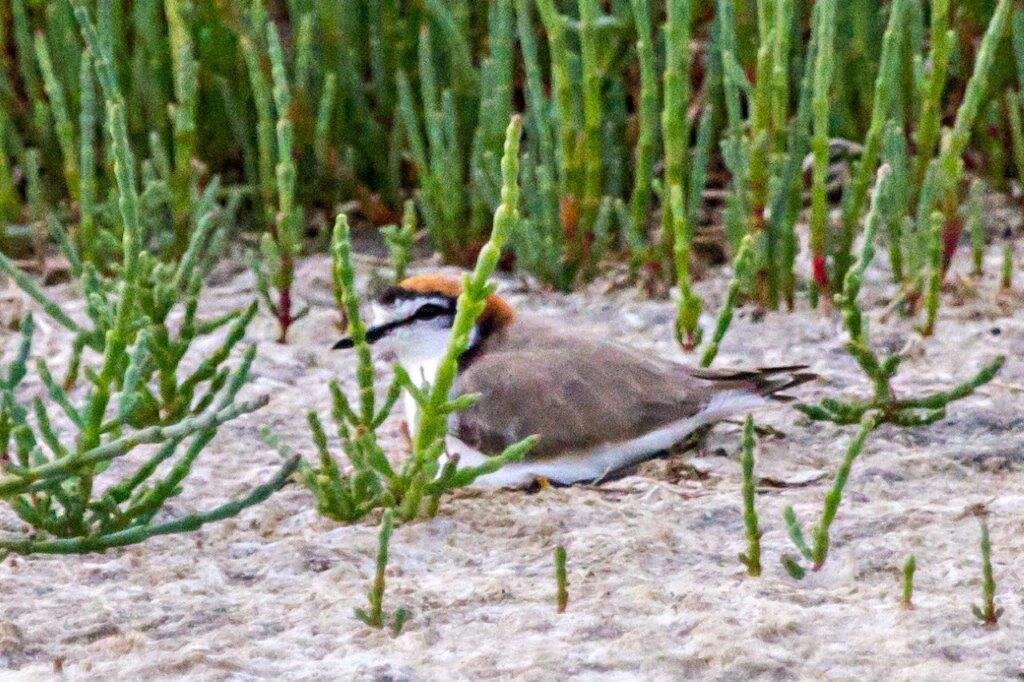
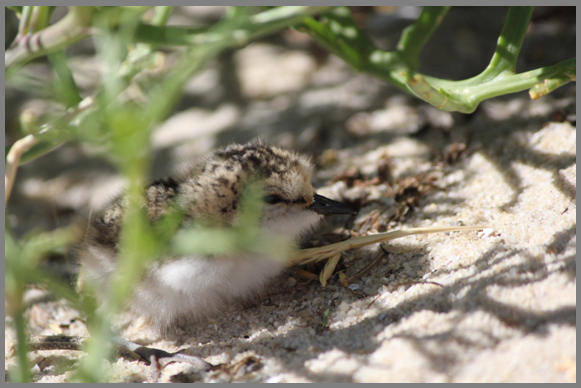
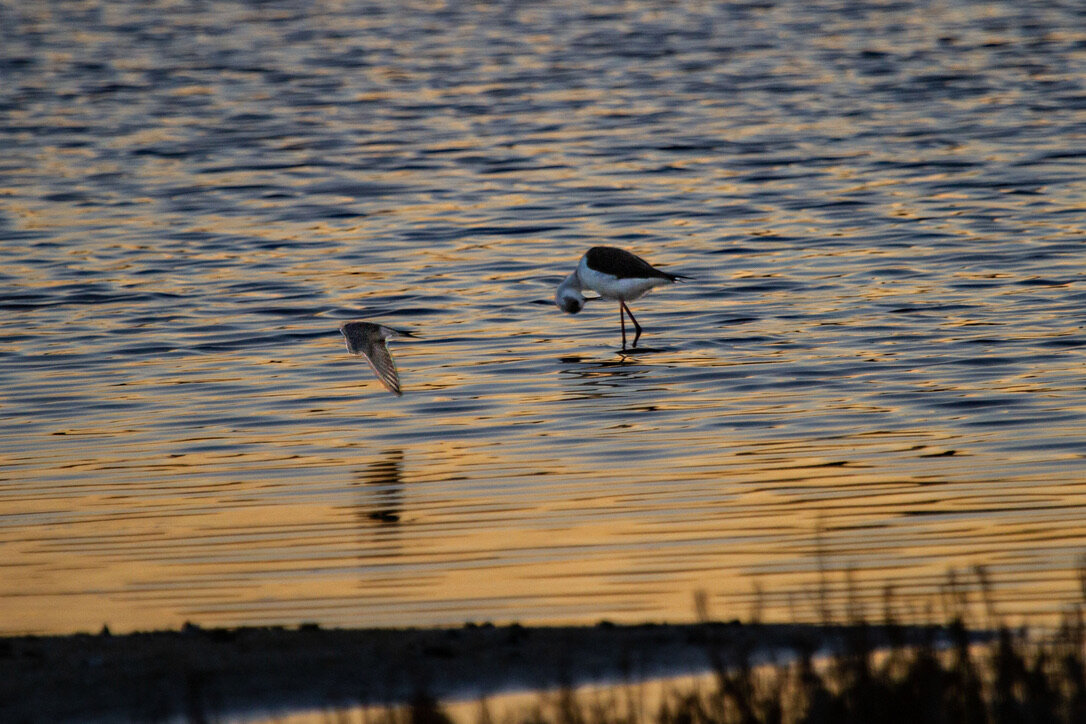
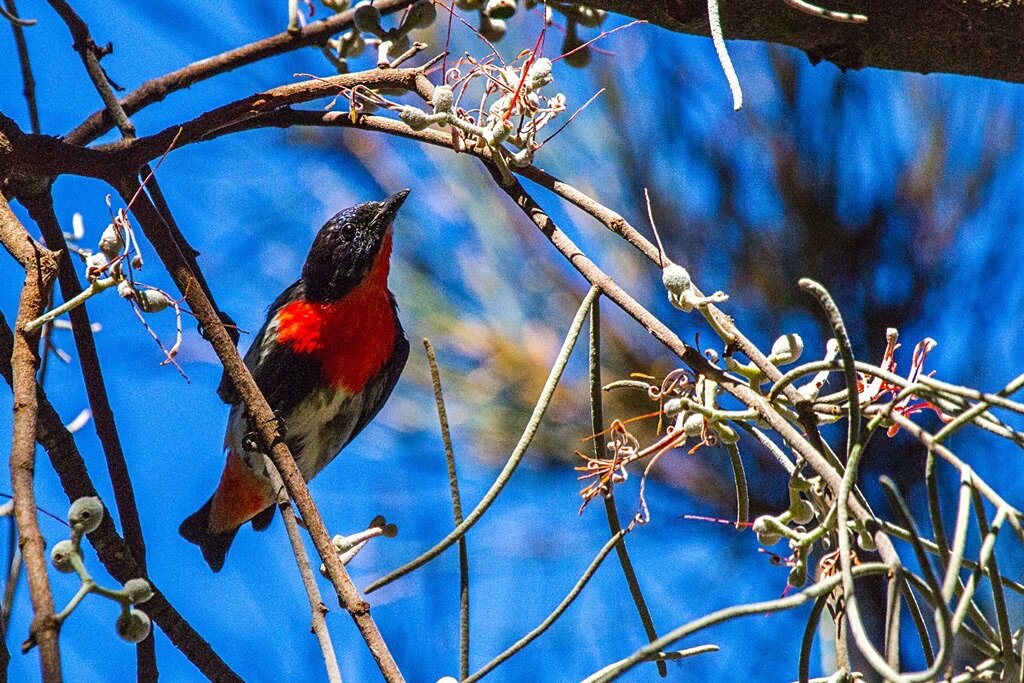
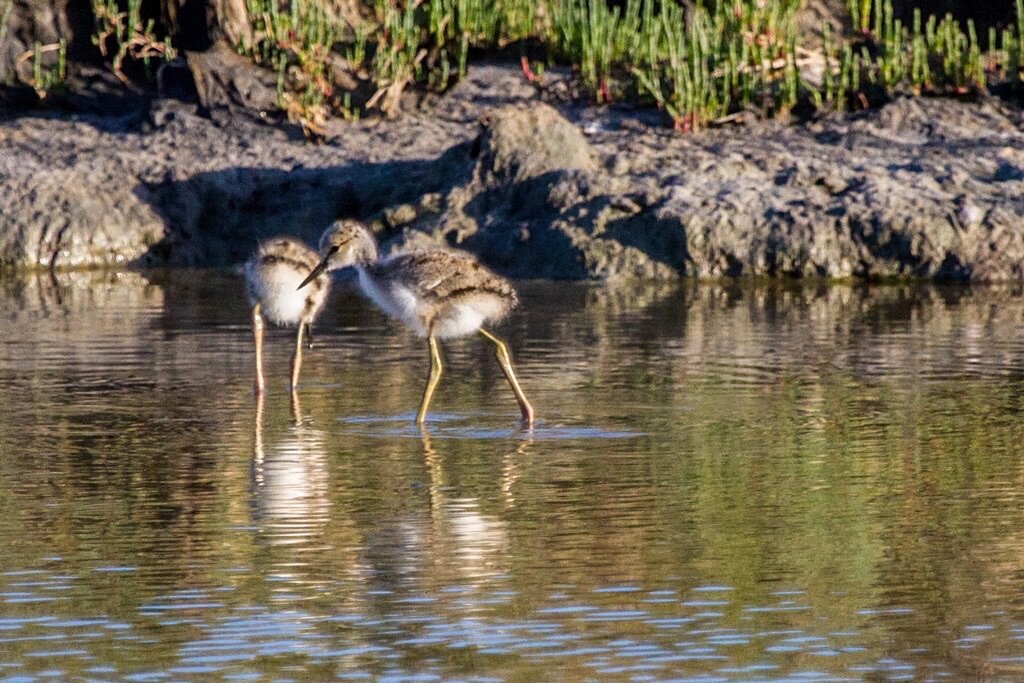


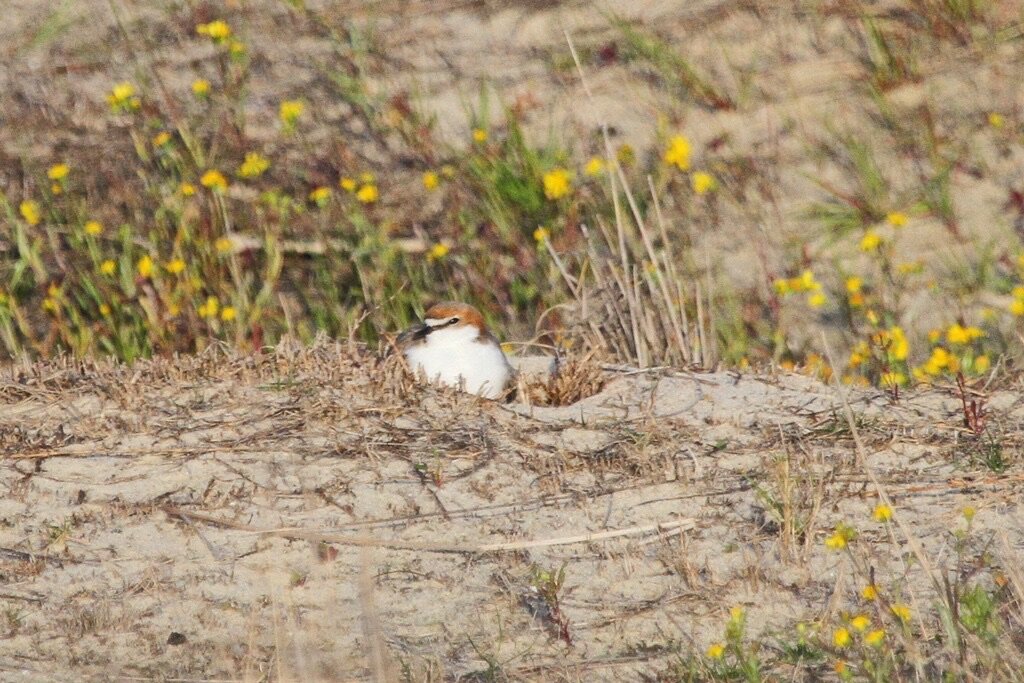
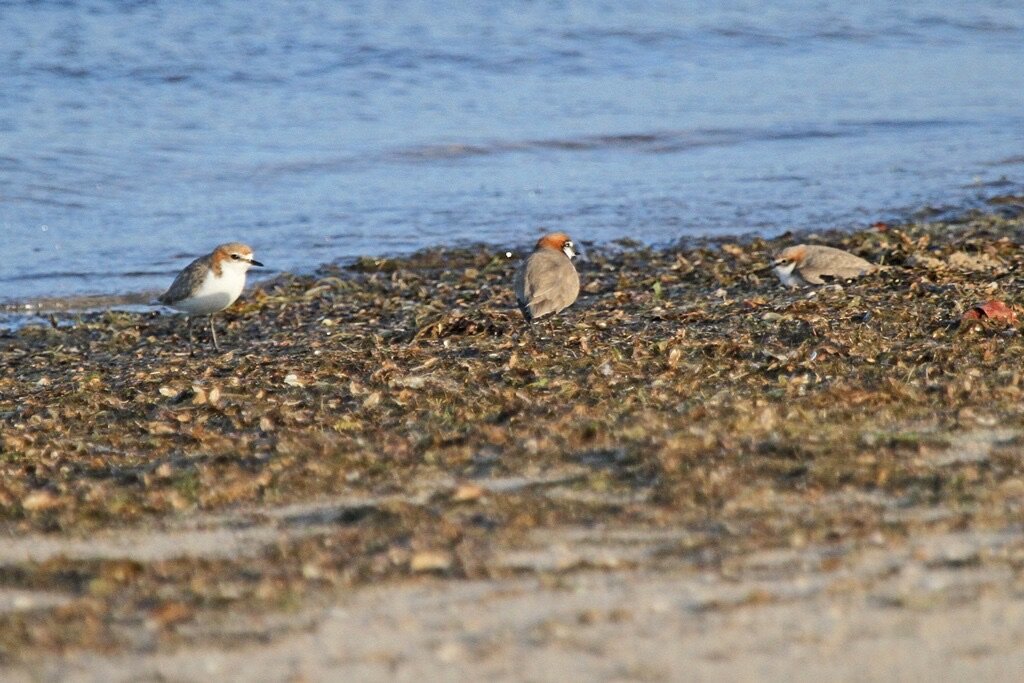

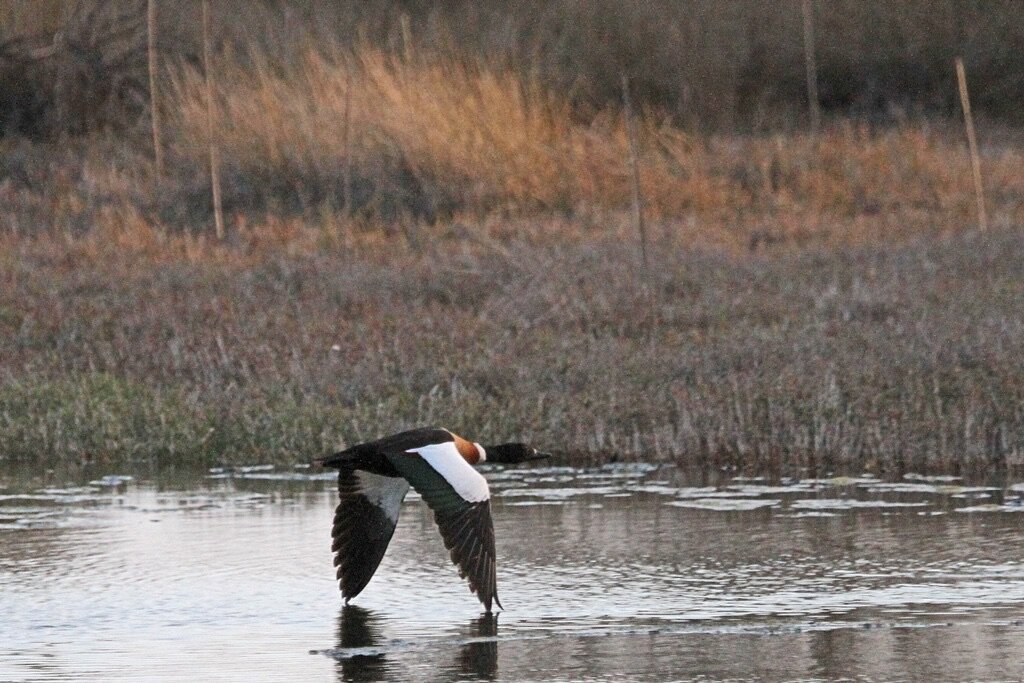
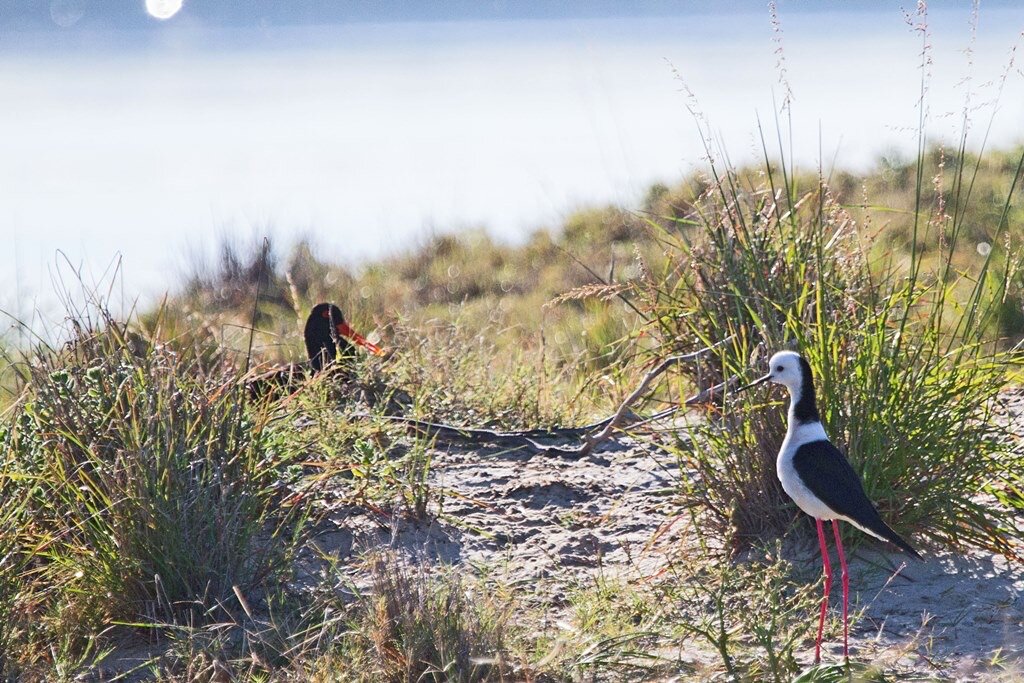



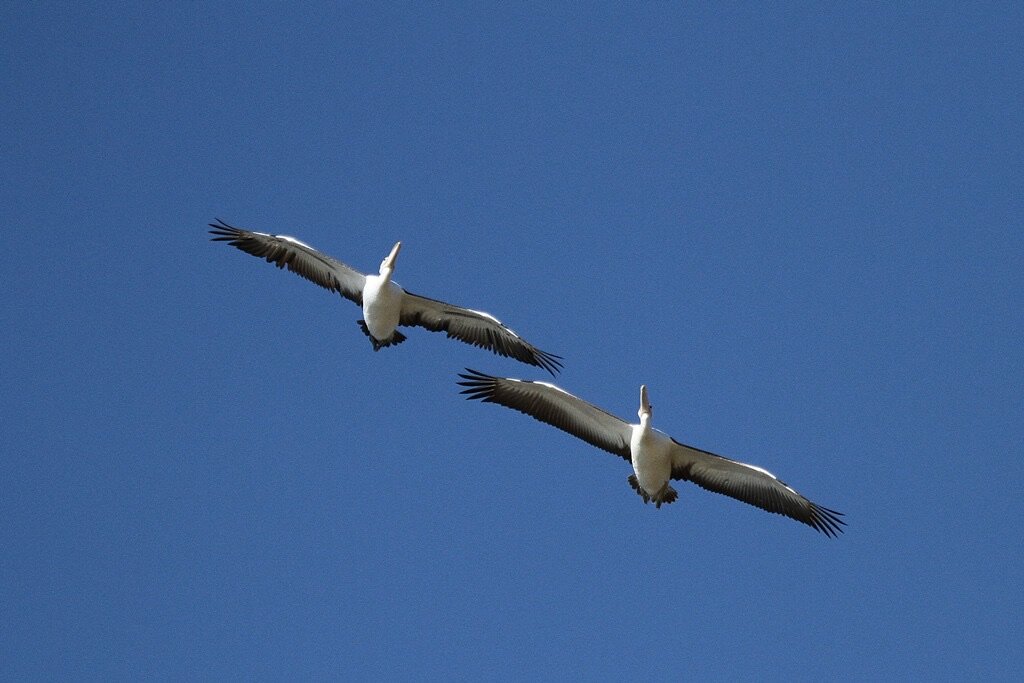
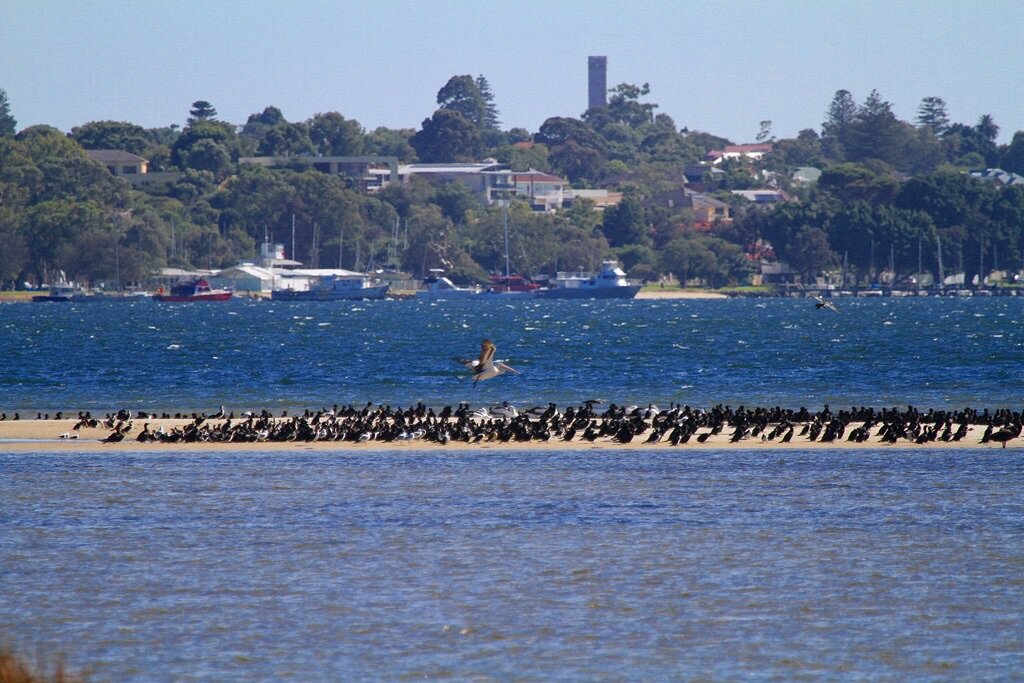



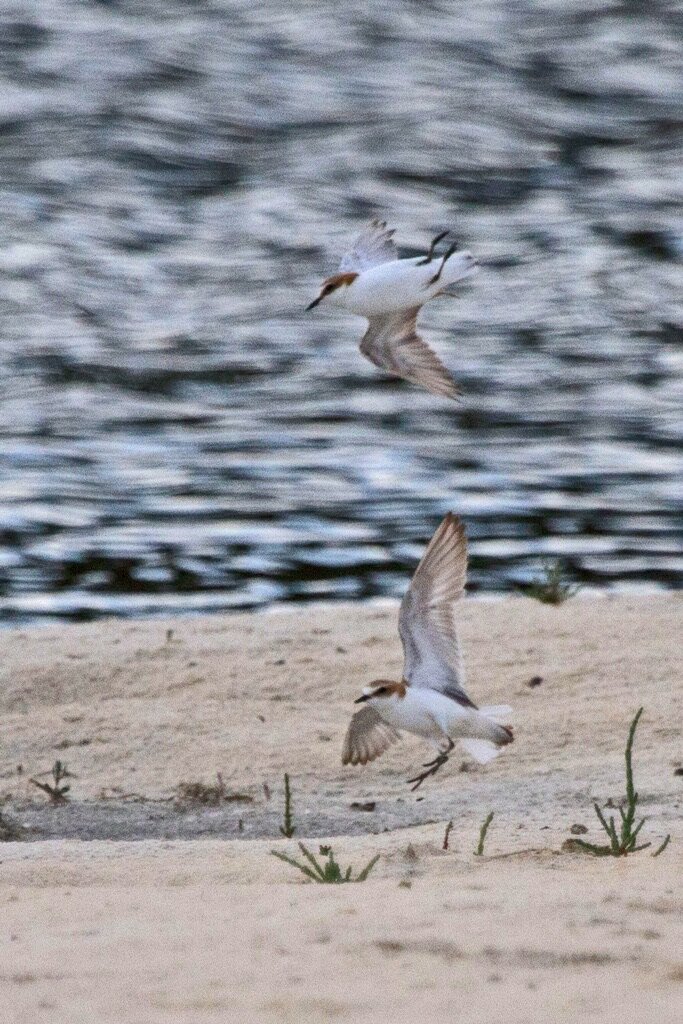


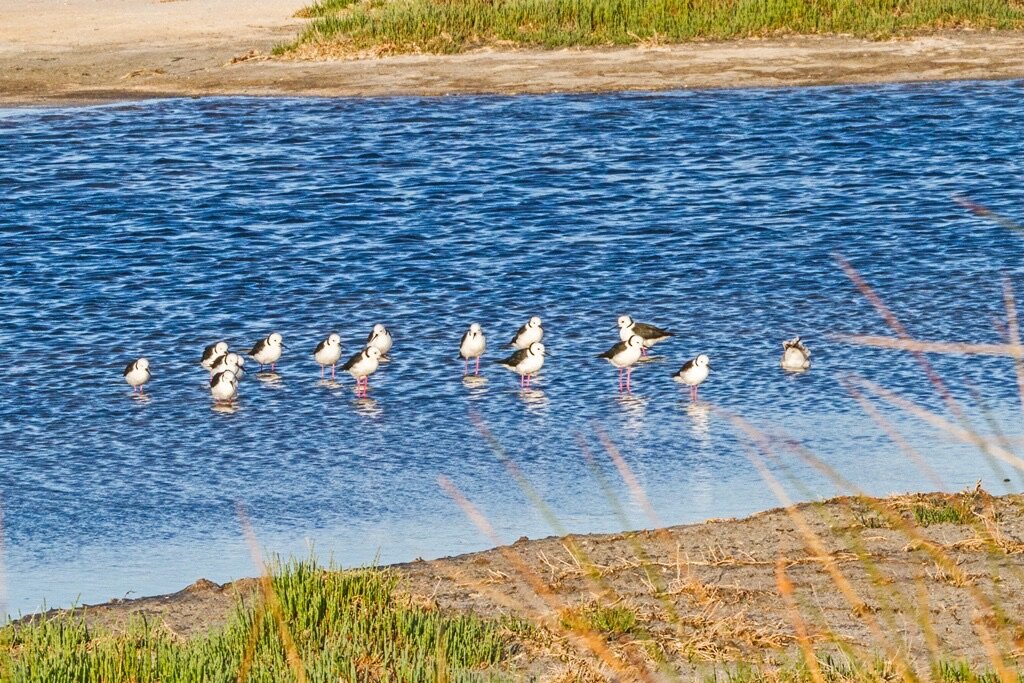




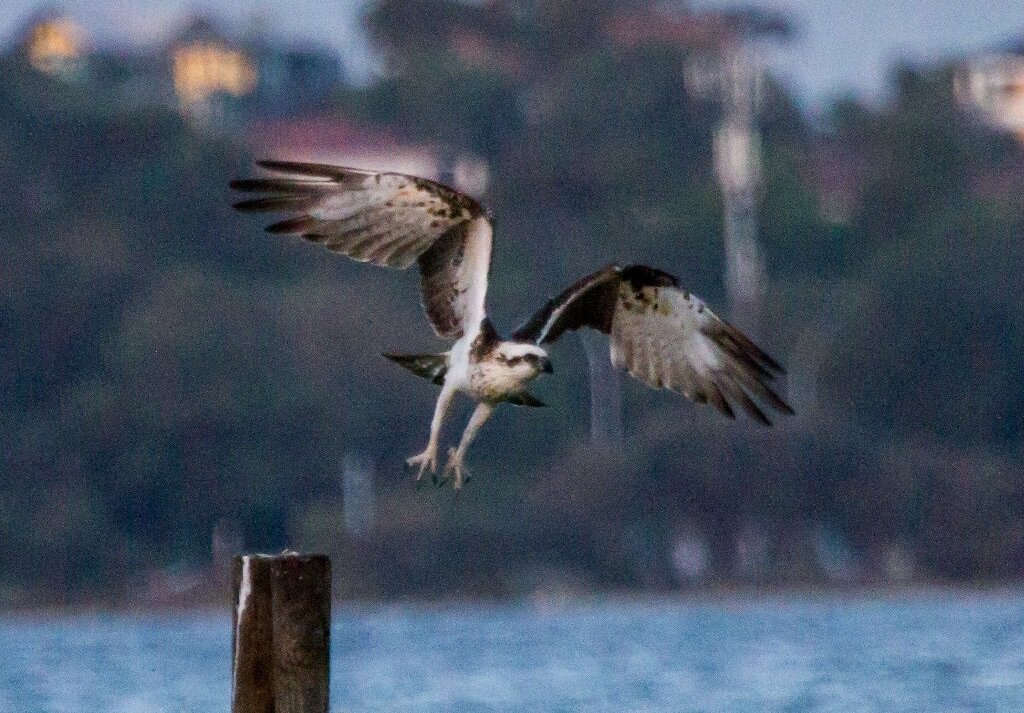

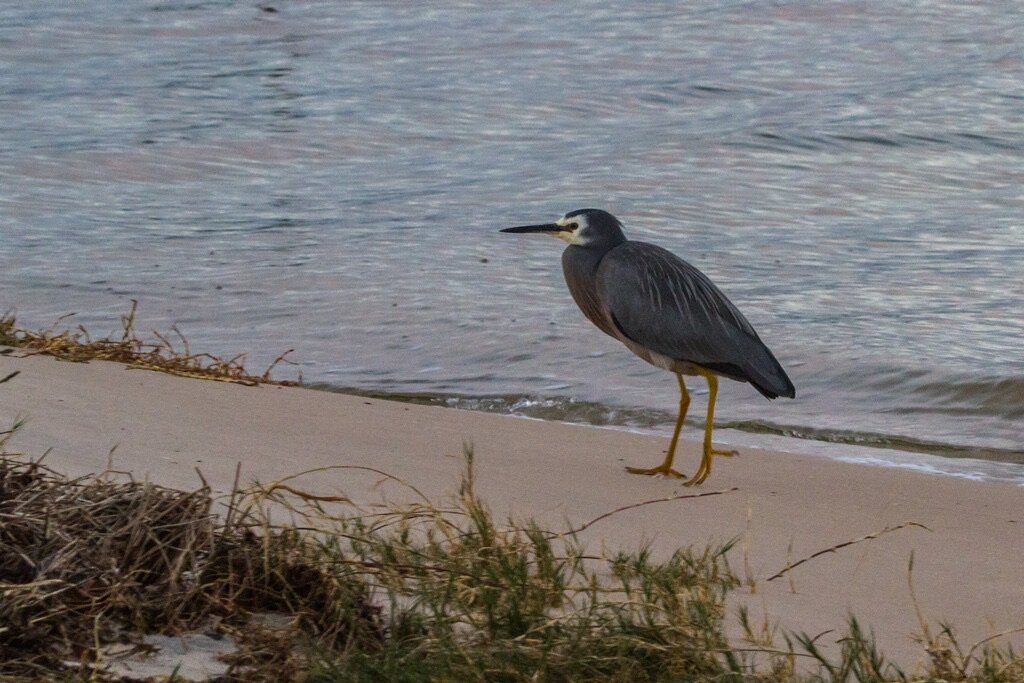


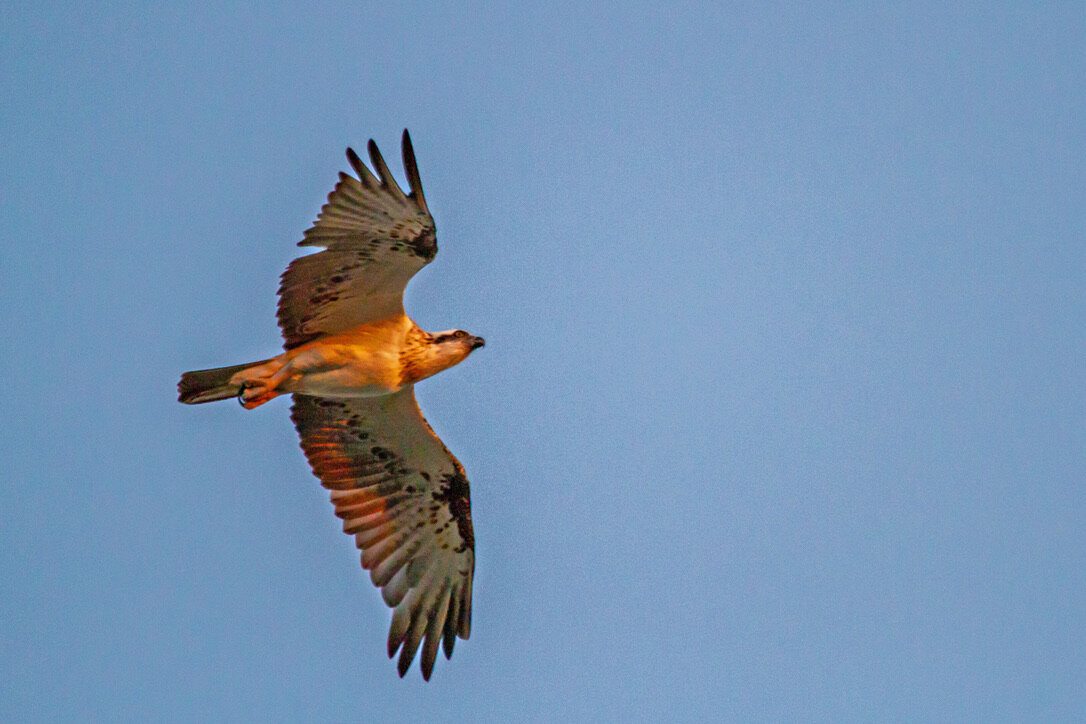

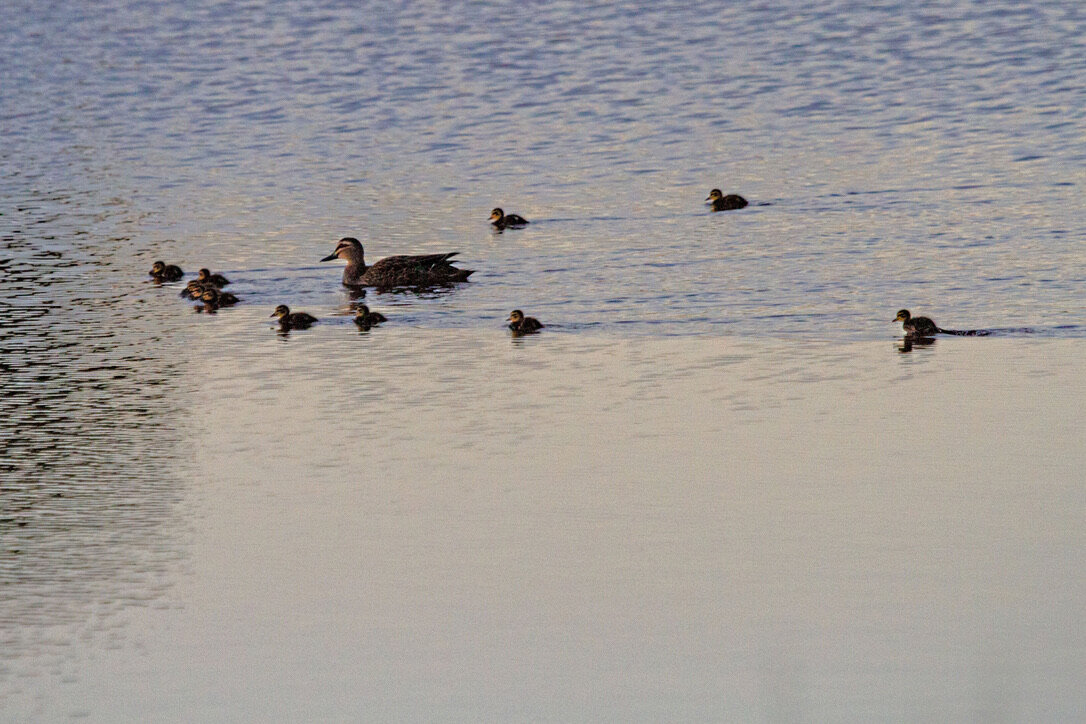


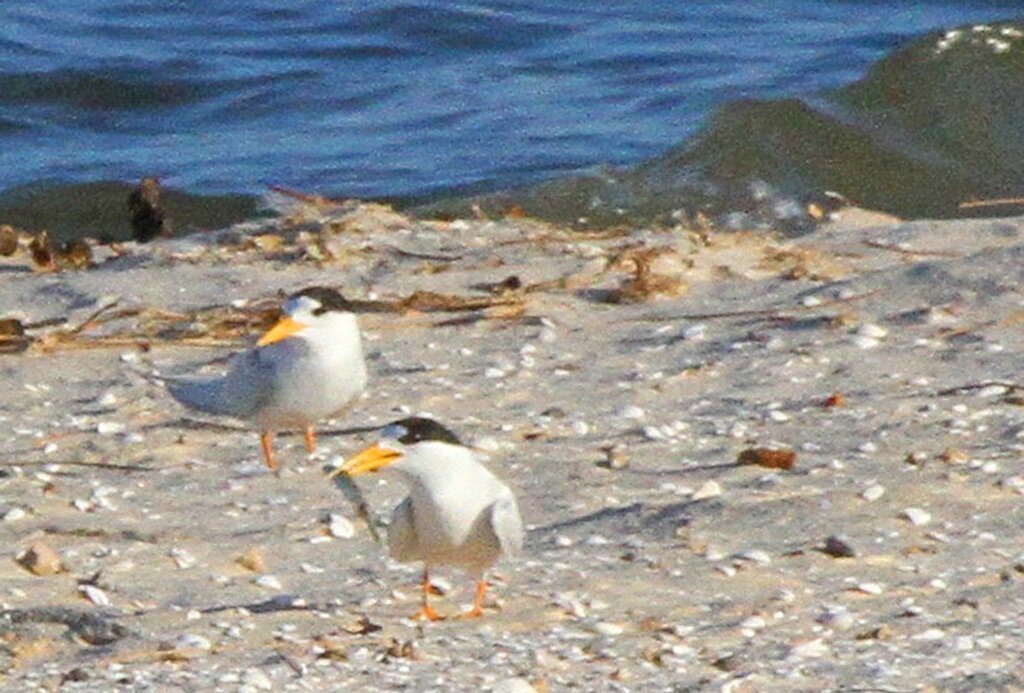
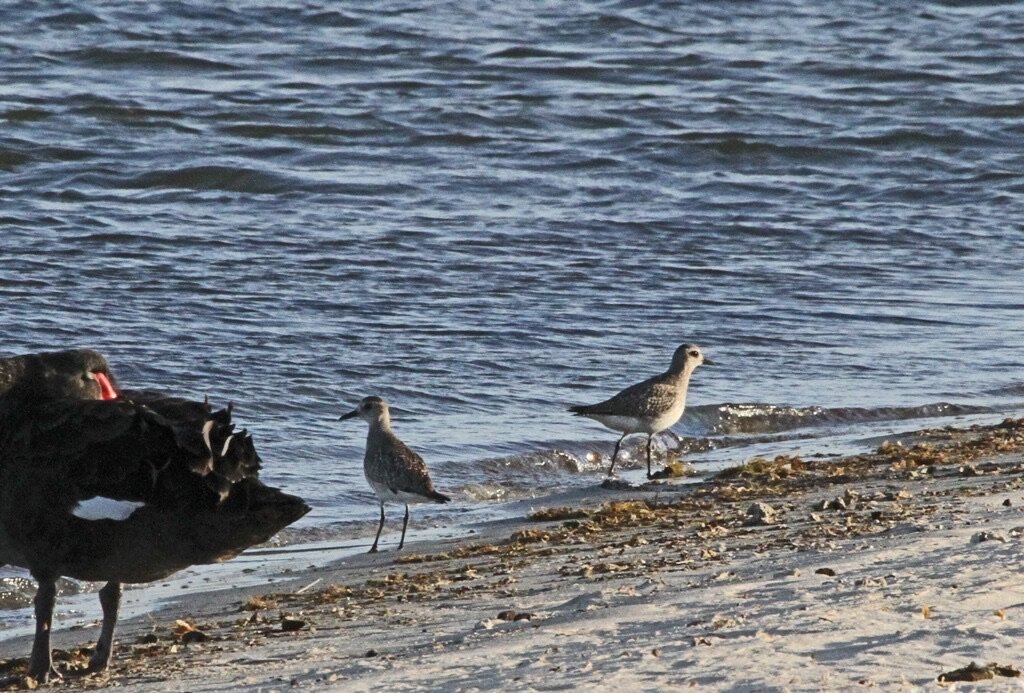
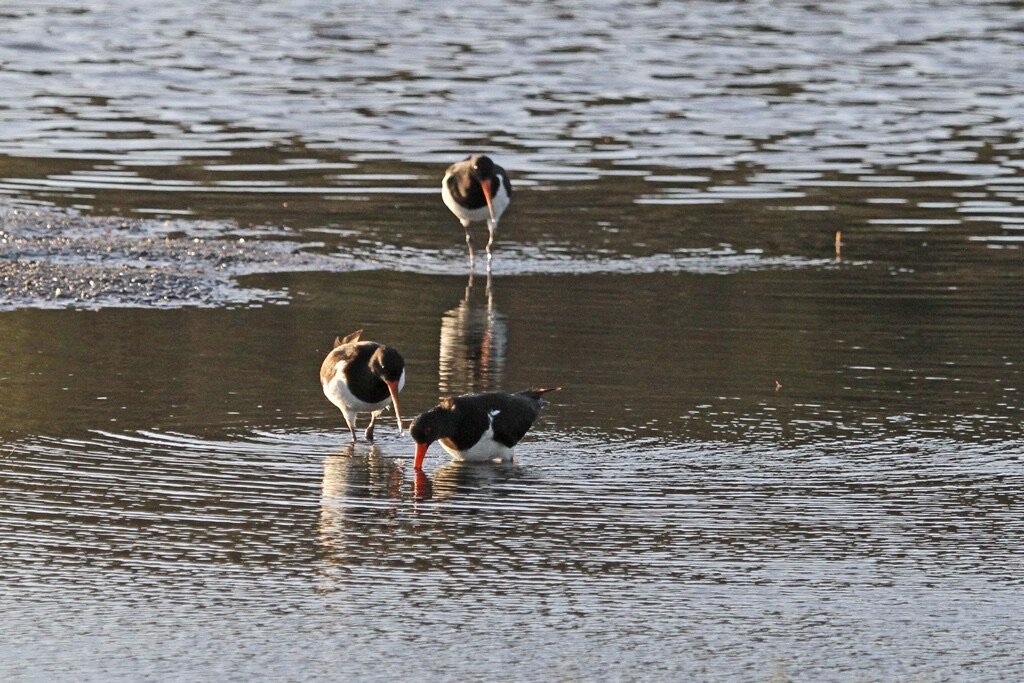

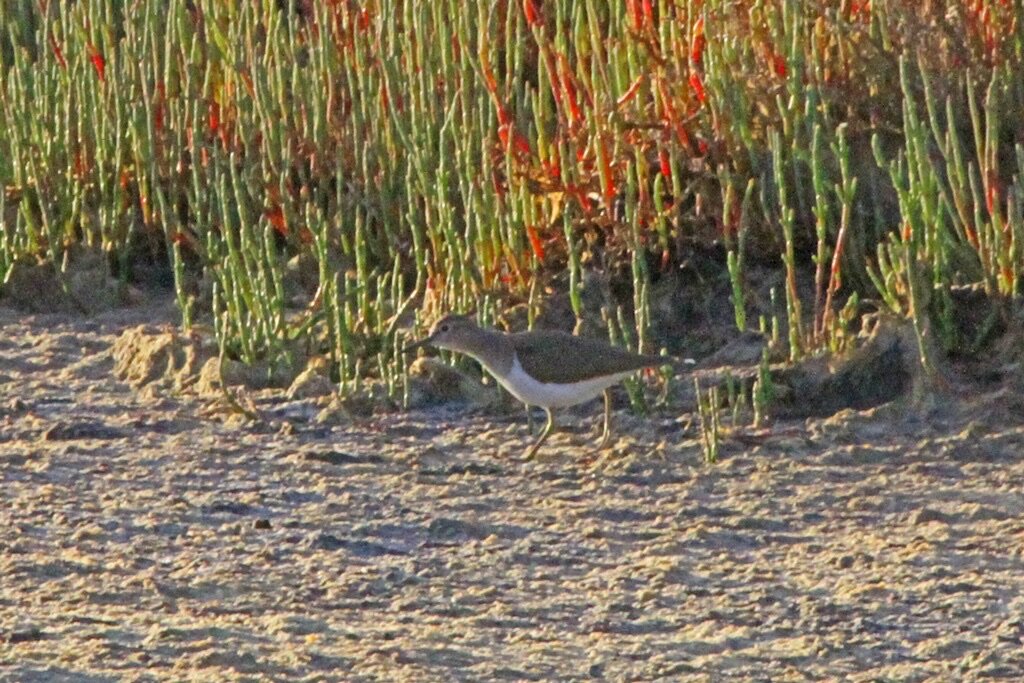

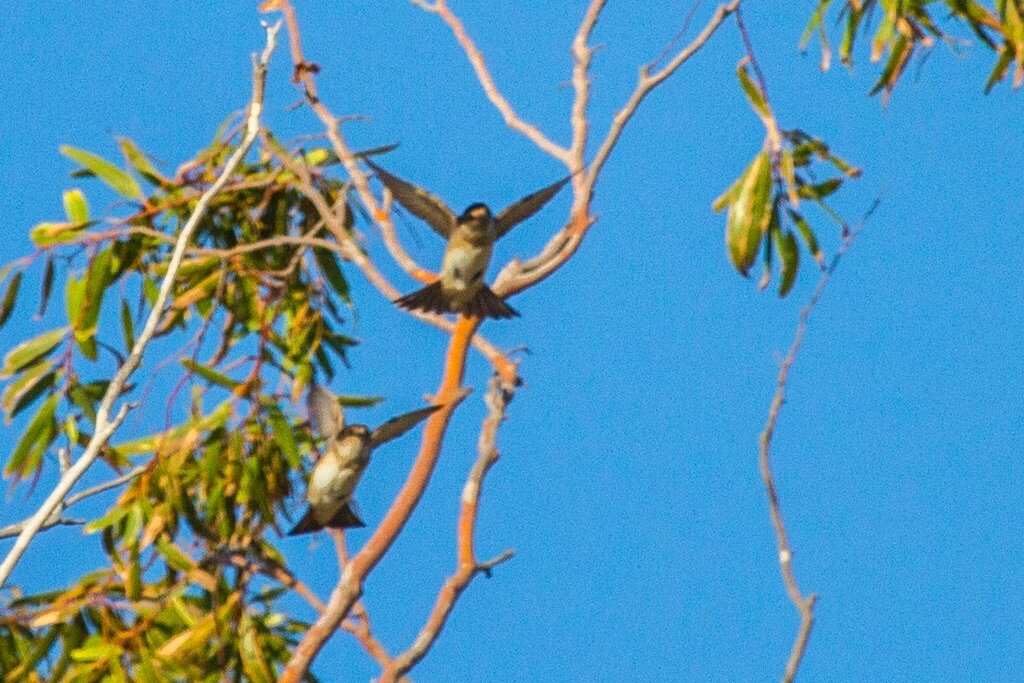





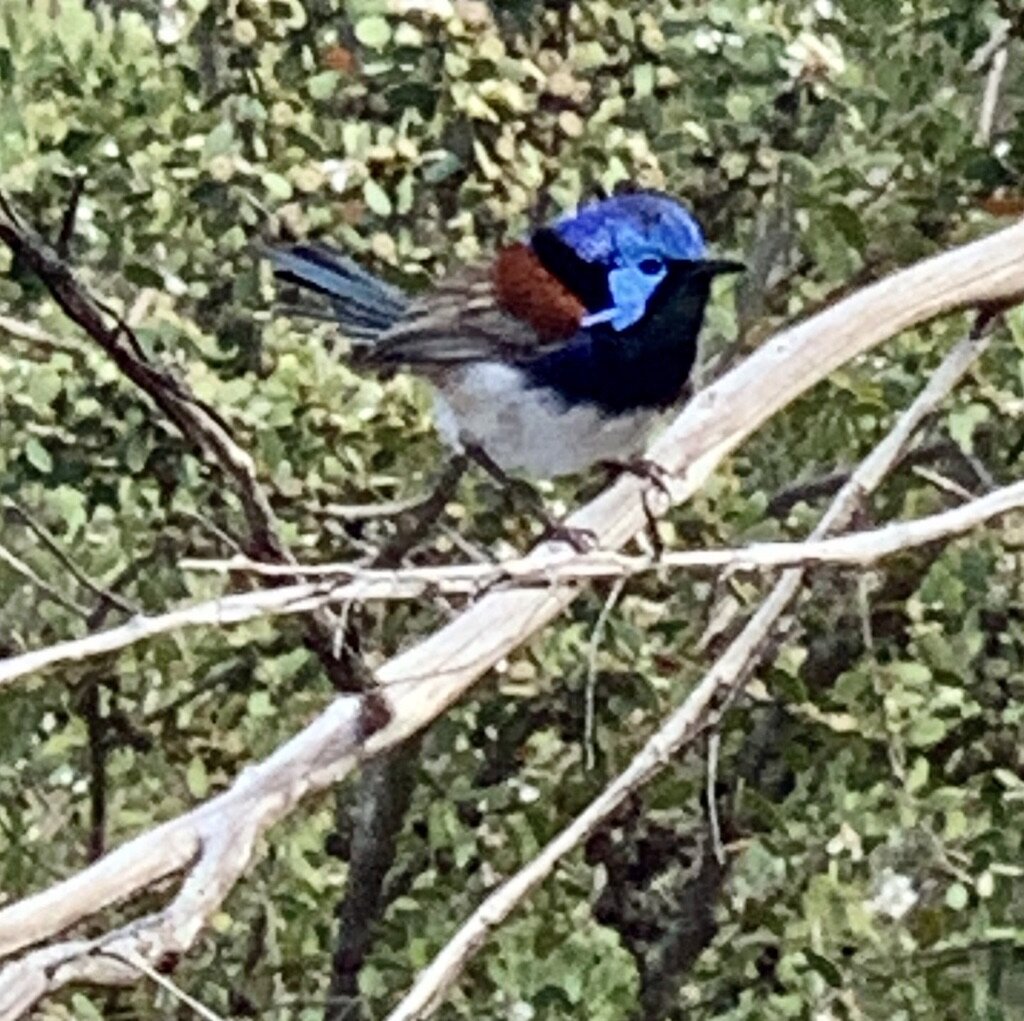

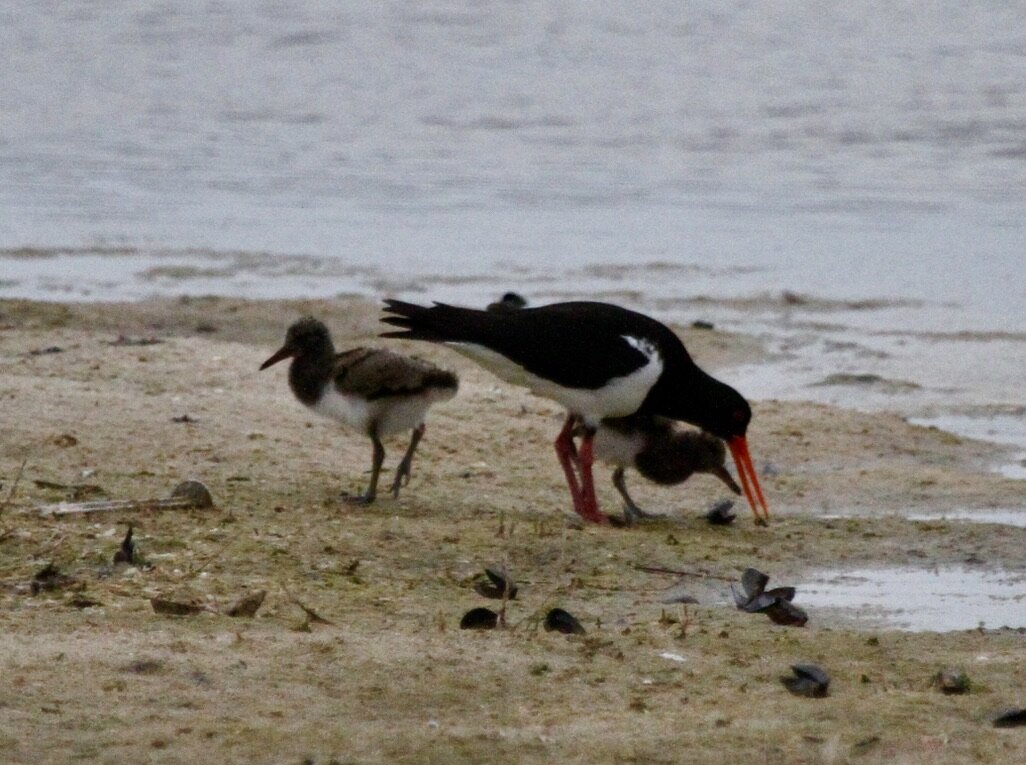
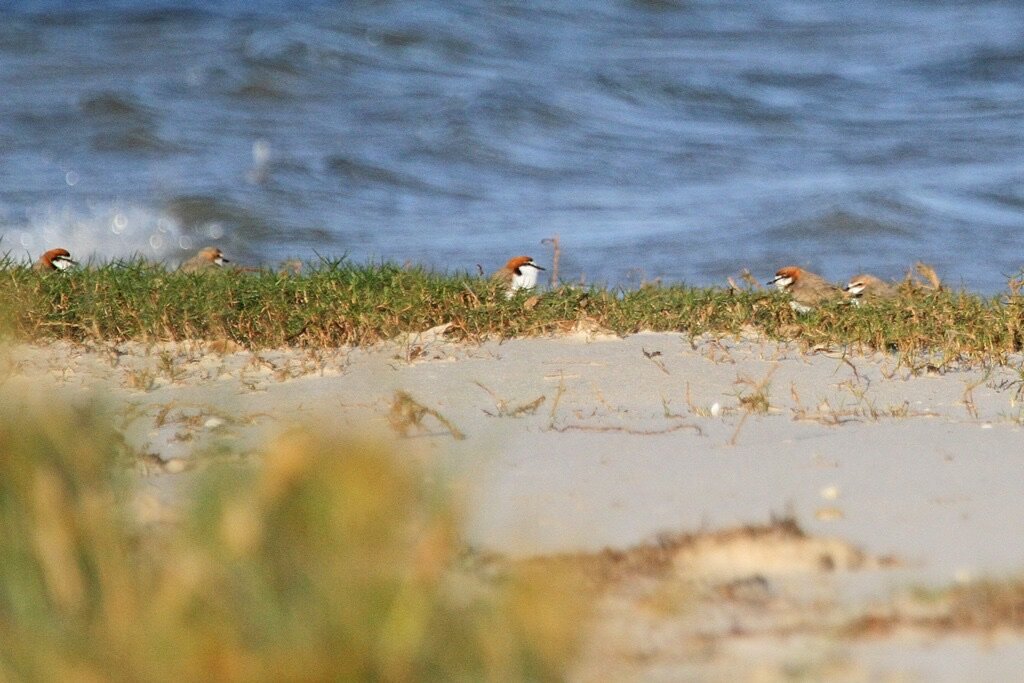
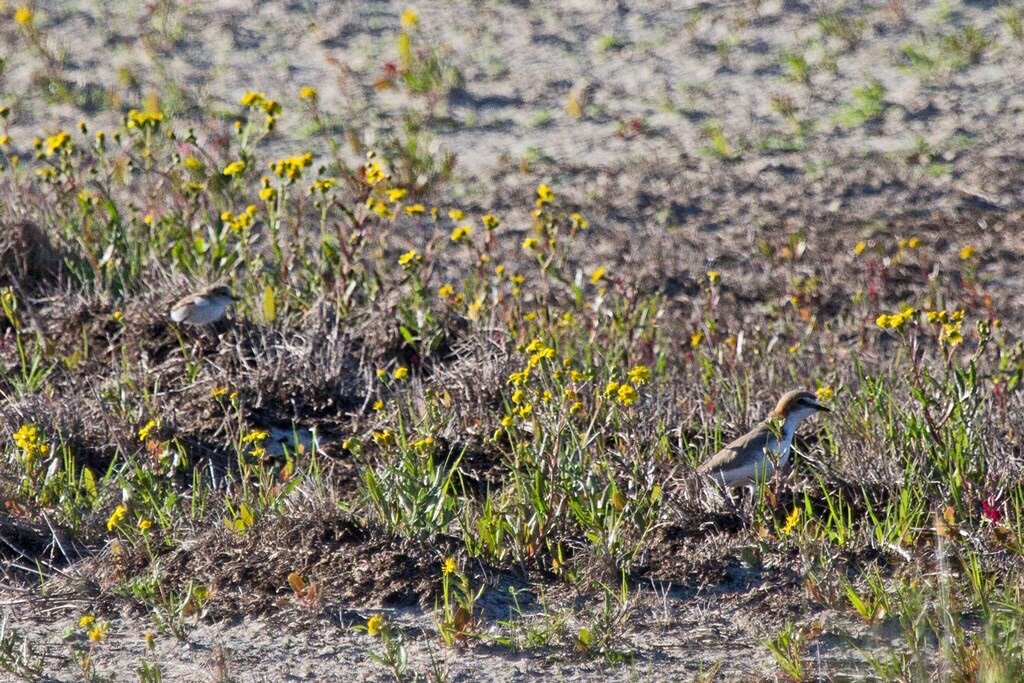





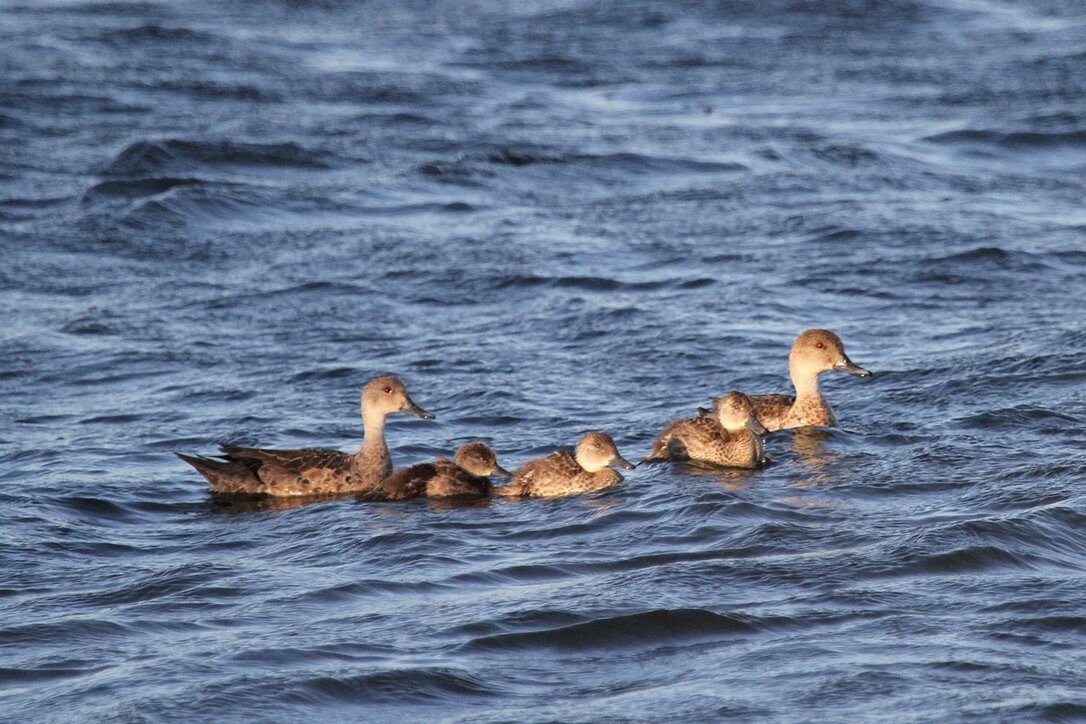

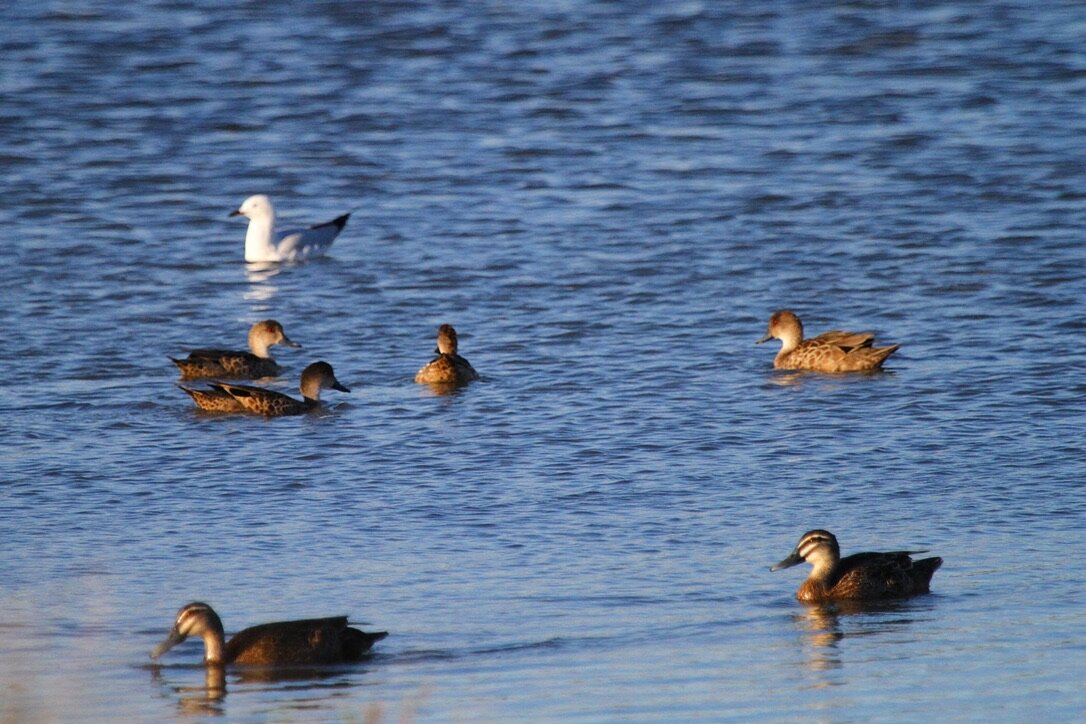
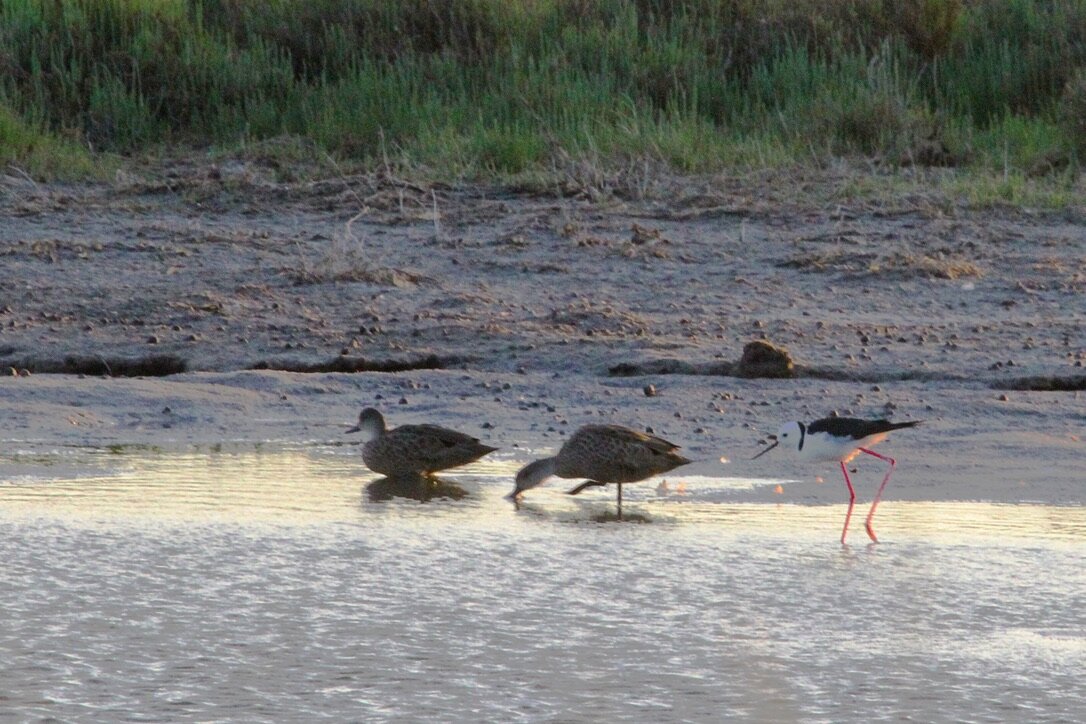
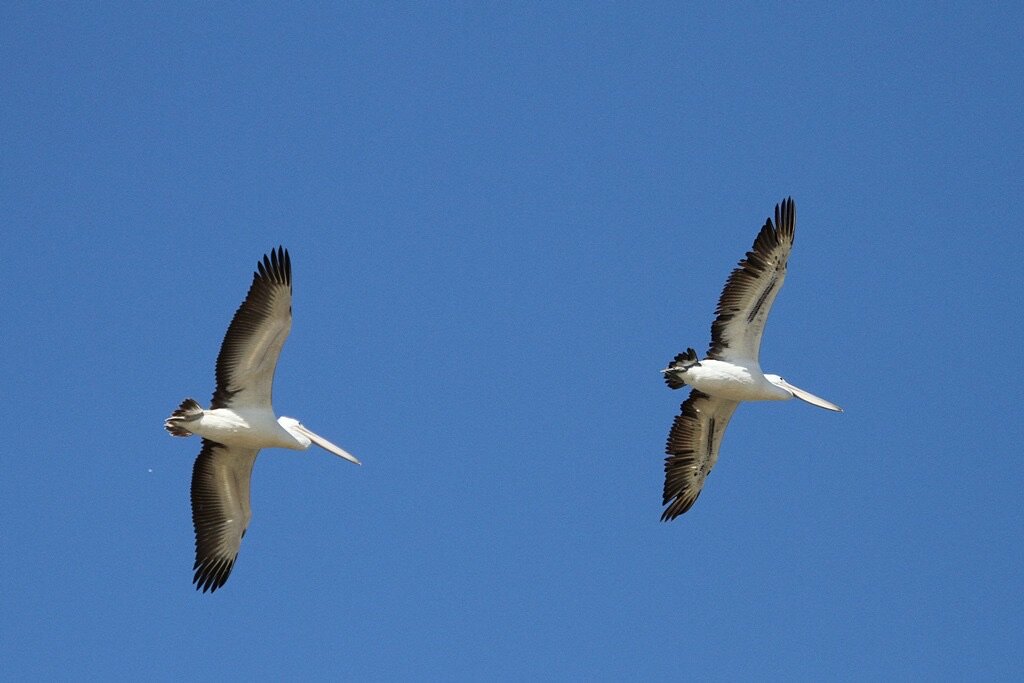




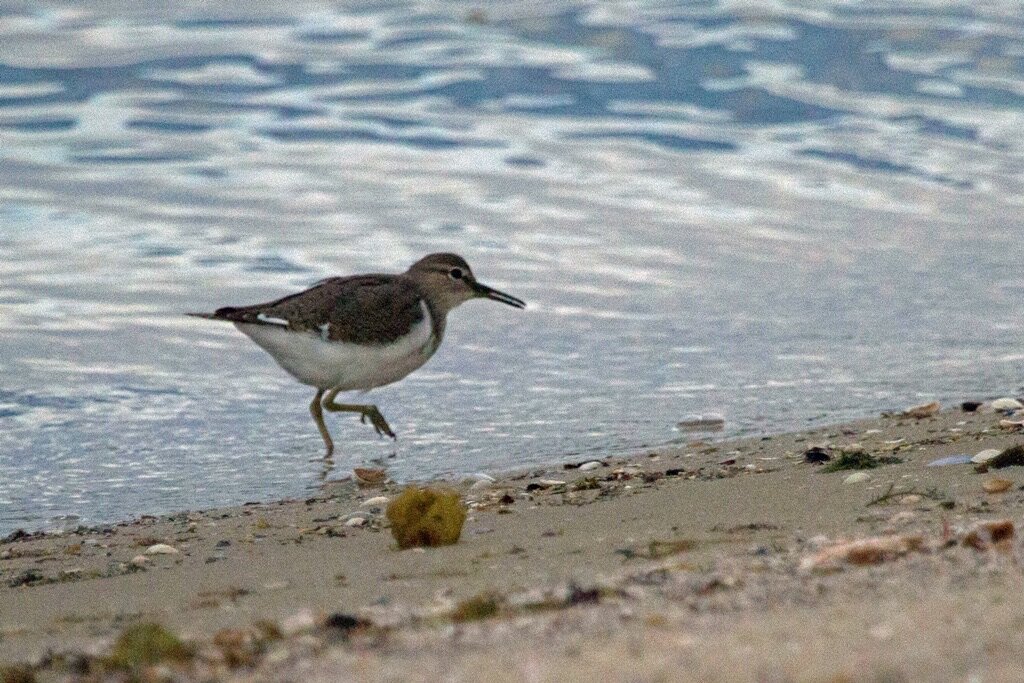
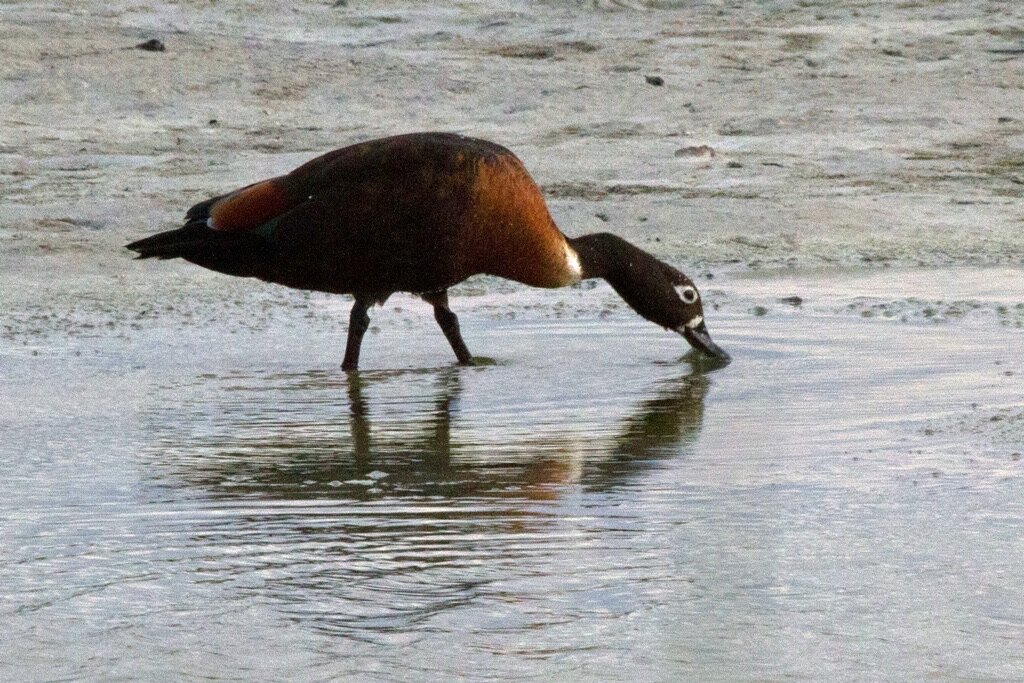
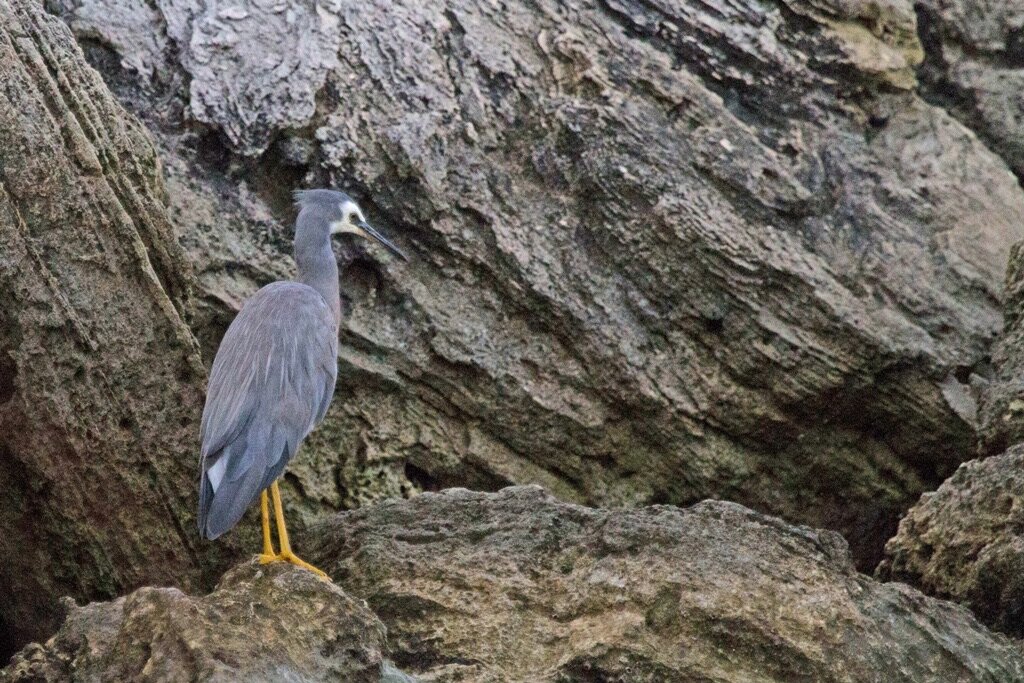

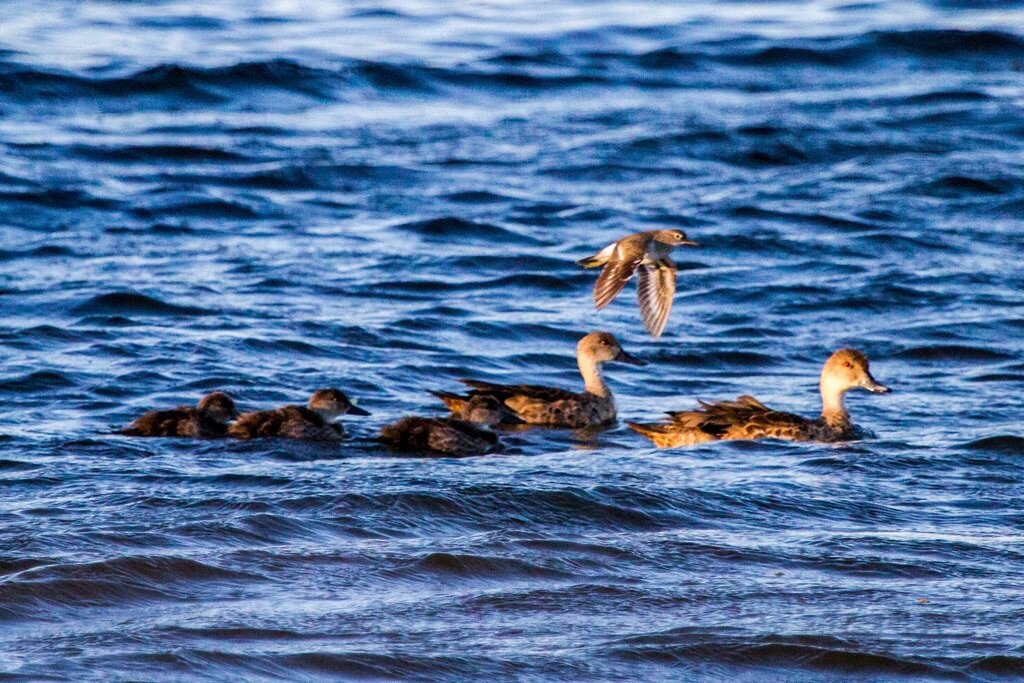


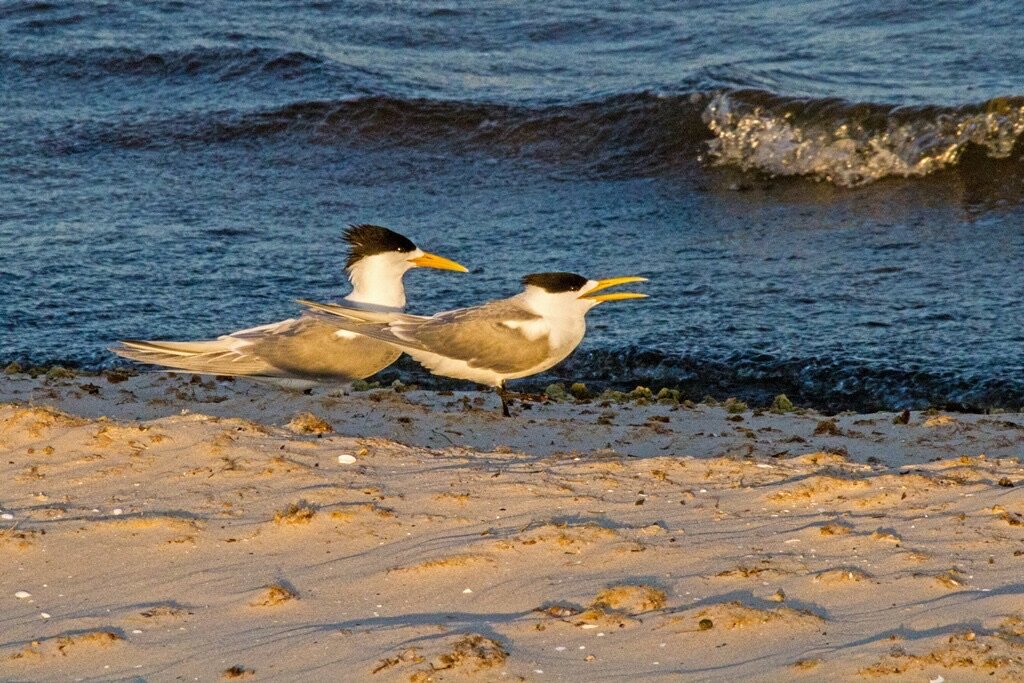




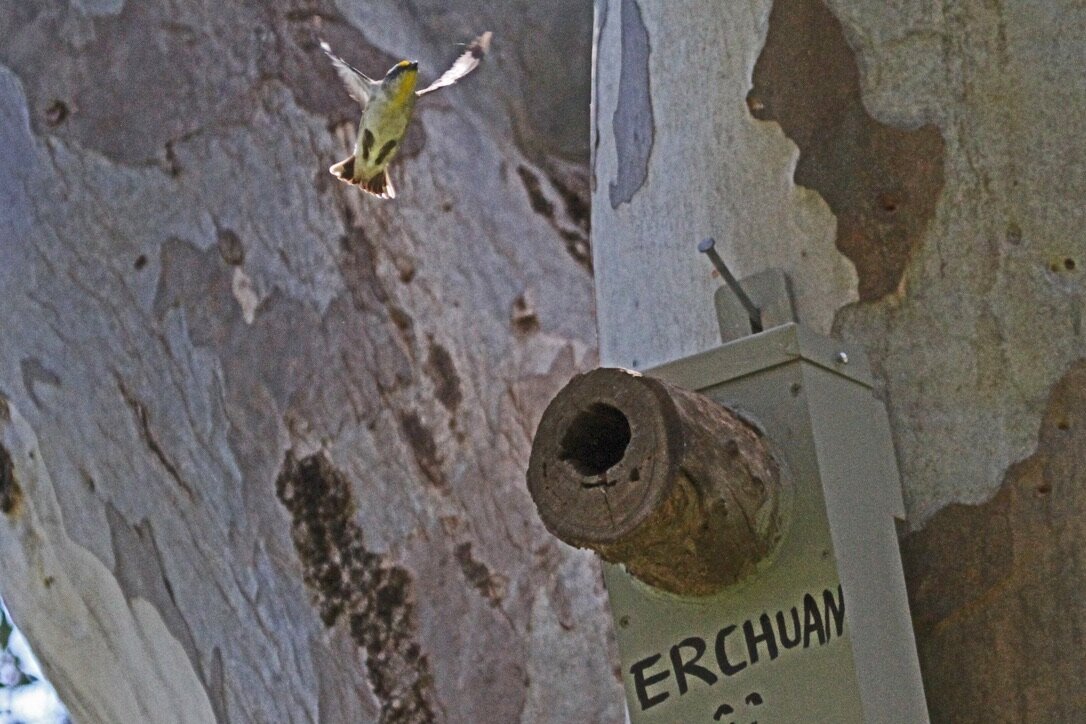


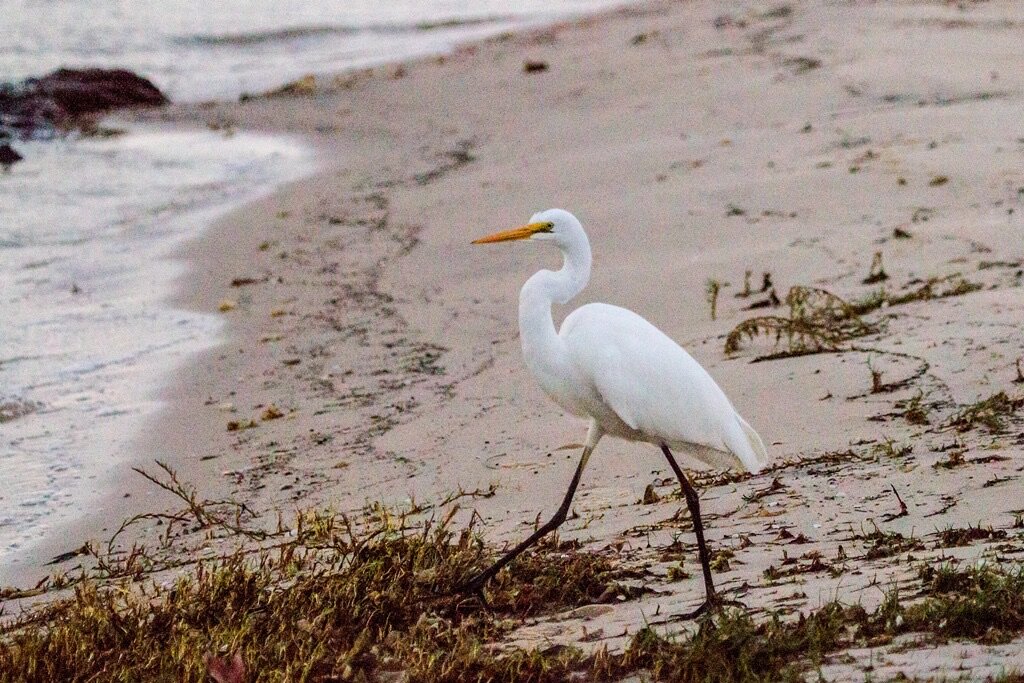
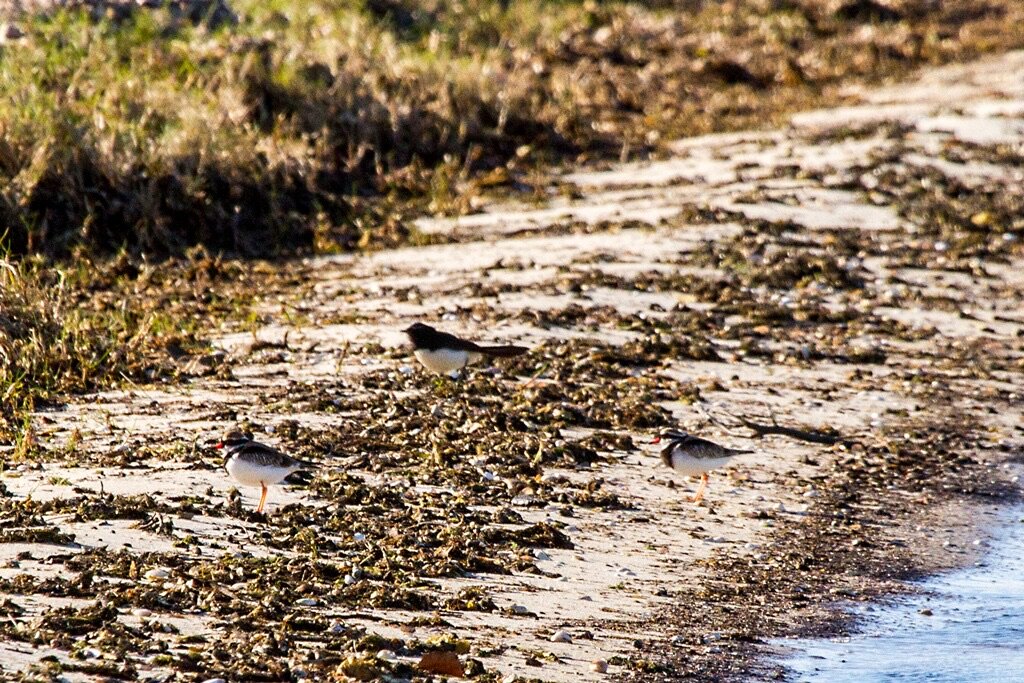


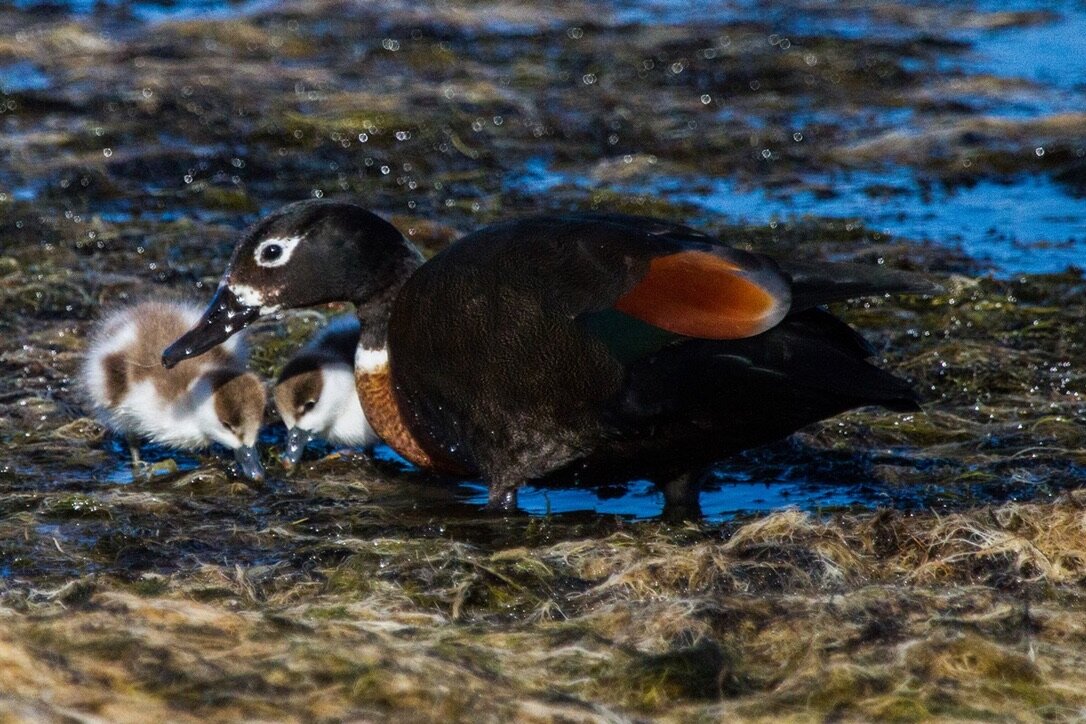

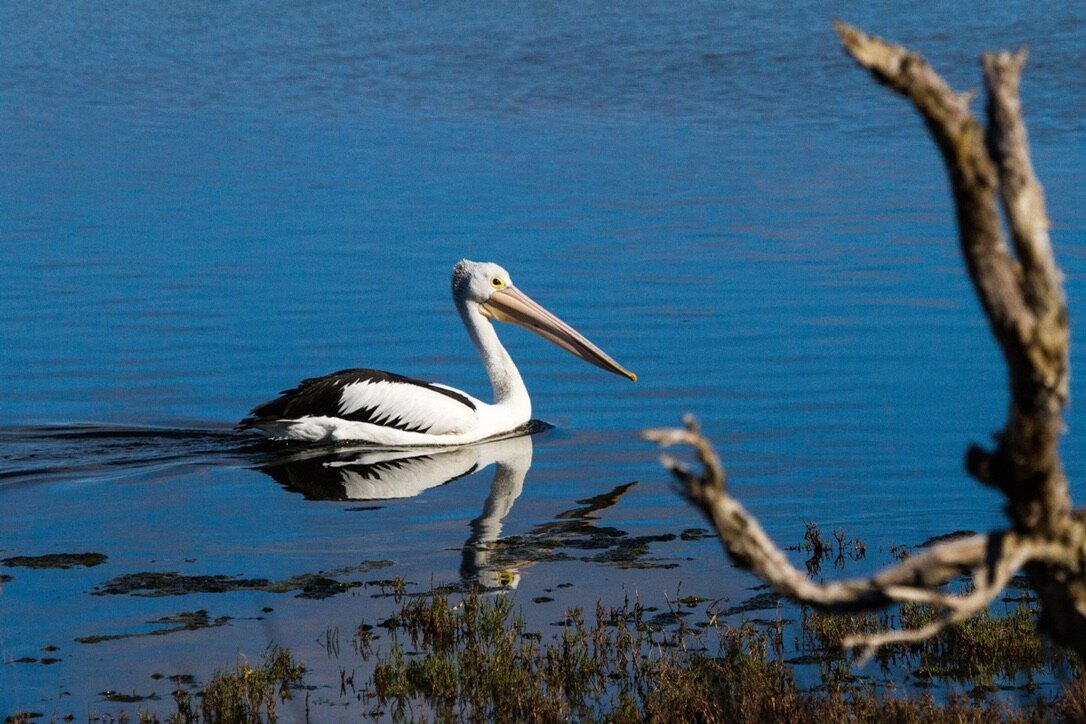
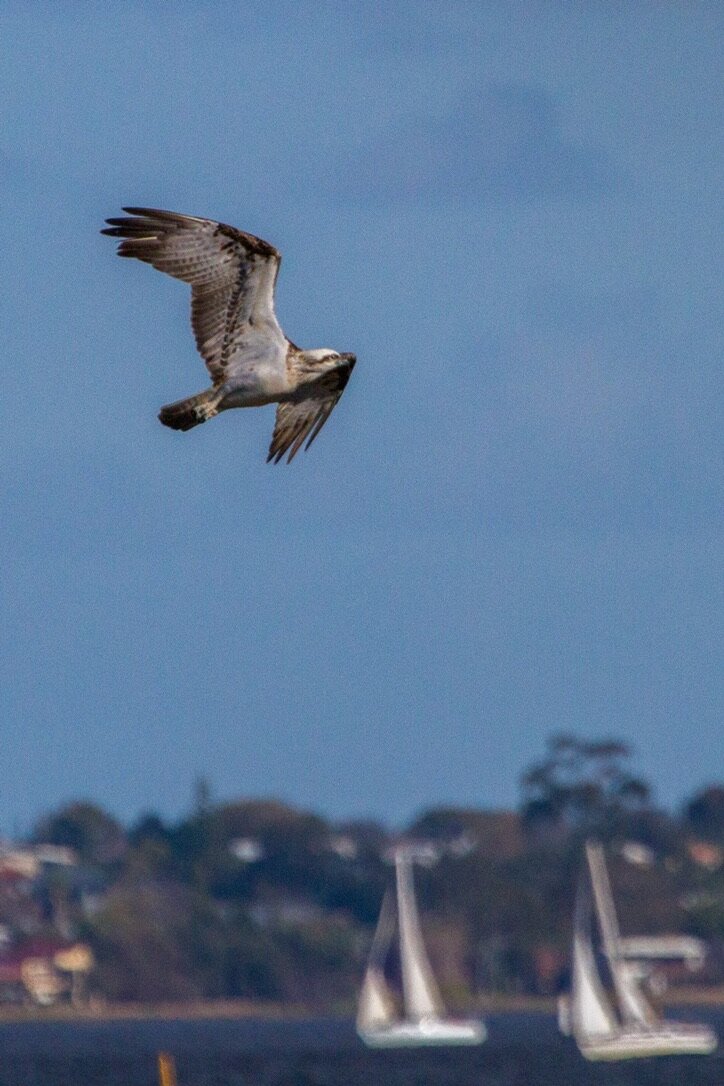






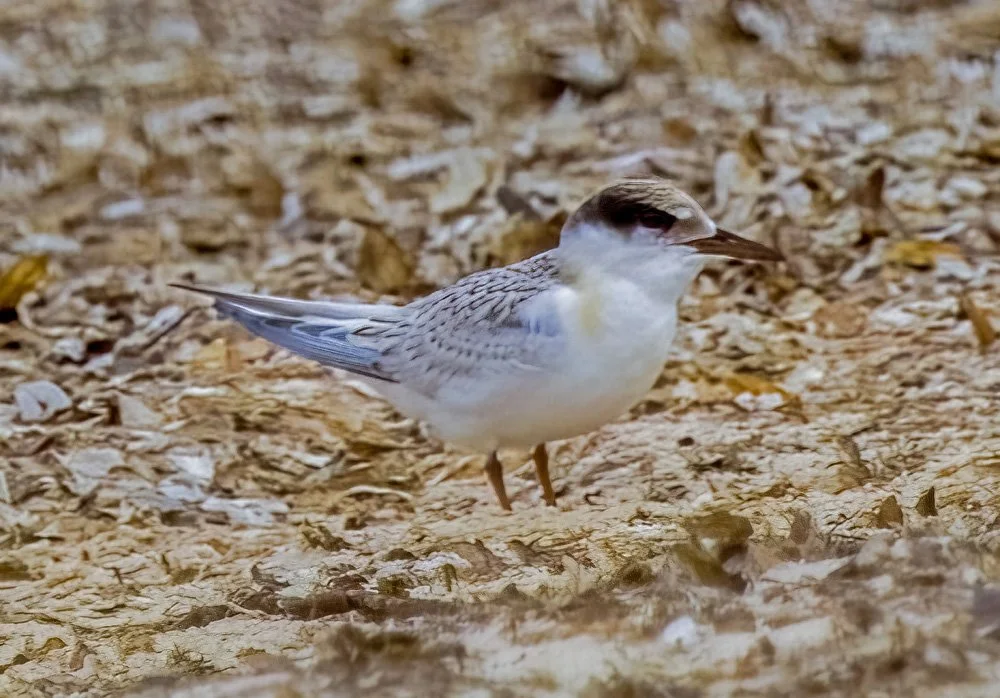





John Vogel
Australian Pelican (Pelicanus Conspicillatus)
Australian Magpie - Immature (Gymnorhina Tibicen)
Australian White Ibis (Threskiornis Molucca)
Banded Stilt (Cladorhynchus Leucocephalus)
Banded Stilt (Cladorhynchus Leucocephalus)
Caspian Tern (Sterna Caspia)
Collared Sparrowhawk (Accipiter Cirrhocephalus)
Common Greenshank (Tringa Nebularia)
Common Greenshank (Tringa Nebularia)
Common Greenshank (Tringa Nebularia)
Crested Tern (Sterna Bergii)
Darter (Anhinga Melanogaster)
Fairy Tern (Sterna Nereis)
Galah (Cacatua Roseicapilla)
Great Crested Grebe with young (Podiceps Cristatus)
Great Egret (Ardea Alba)
Great Knot (Calidris Tenuirostris)
Grey Plover (Pluvialis Squatarola)
Grey-tailed Tattler (Heteroscelus Brevipes)
Little Pied Cormorant (Phalacrocorax Melanoleucos)
Musk Duck (Biziura Lobata)
Osprey (Pandion Haliaetus) & Australian Raven (Corvus Coronoides)
Osprey (Pandion Haliaetus)
Pacific Black Duck (Anus Auperciliosa)
Pacific Golden Plover (Pluvialis Fulva) & Grey Plover (Pluvialis Squatarola)
Pair of Swamp Harriers (Circus Approximans)
Pied Oystercatcher (Haematopis Longirostris)
Red Knot (Calidris Canutus)
Red Wattlebird (Anthochaera Carunculata)
Red-capped Plover (Charadrius Ruficappilus)
Red-necked Avocet (Recurvirostra Novaehollaniae)
Red-necked Stint (Calidris Ruficollis)
Sharp-tailed Sandpiper (Calidris Acuminata)
Silver Gull (Larus Novaehollandiae)
White-faced Heron (Egretta Novaehollandiae)
Yellow-billed Spoonbill (Platalea Flavipes)
Australian White Ibis (Threskiornis Molucca)
Bar-tailed Godwit (Limosa Lapponica), Black-tailed Godwit (Limosa Limosa), Great Knot (Calidris Tenuirostris) & Red Knot (Calidris Canutus)
Bar-tailed Godwit (Limosa Lapponica)
Black Shouldered Kite - Immature (Elanus Axillaris)
Black Shouldered Kite (Elanus Axillaris)
Black Swan (Cygnus Atratus)
Black-winged Stilt - Immature (Himantopus Himantopus)
Black-winged Stilt (Himantopus Himantopus)
Buff-banded Rail (Gallirallus Philippensis)
Common Greenshank (Tringa Nebularia)









